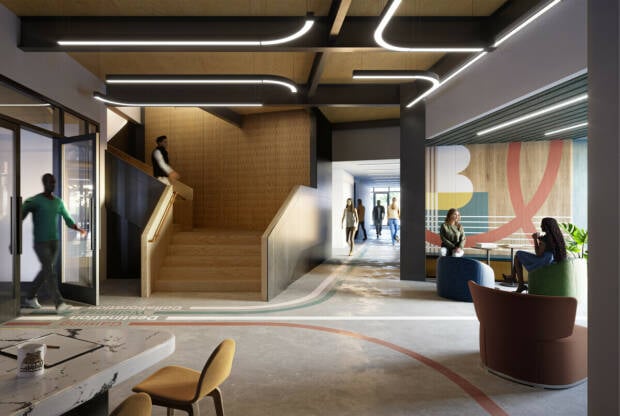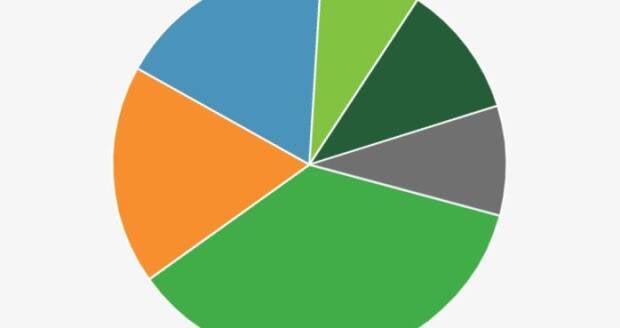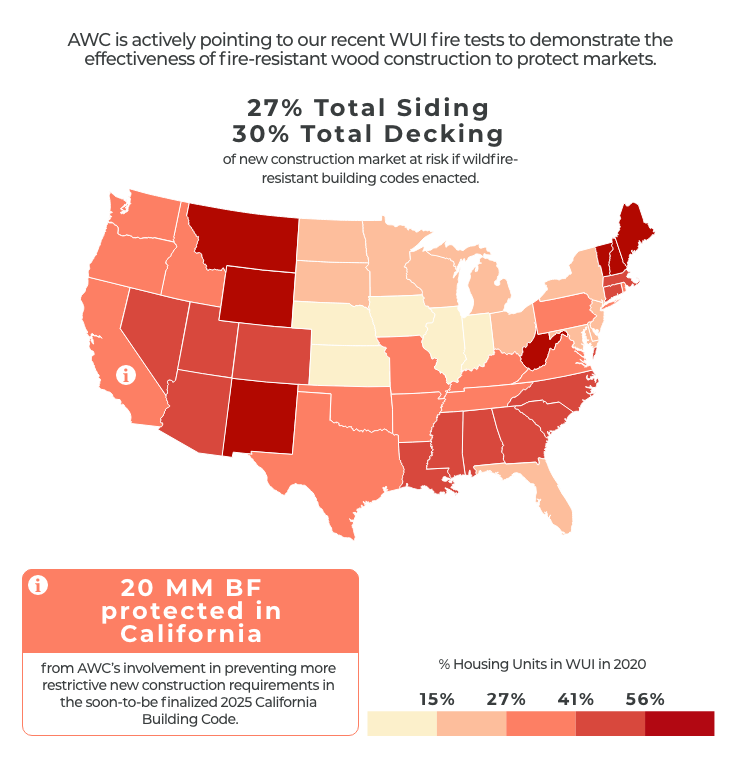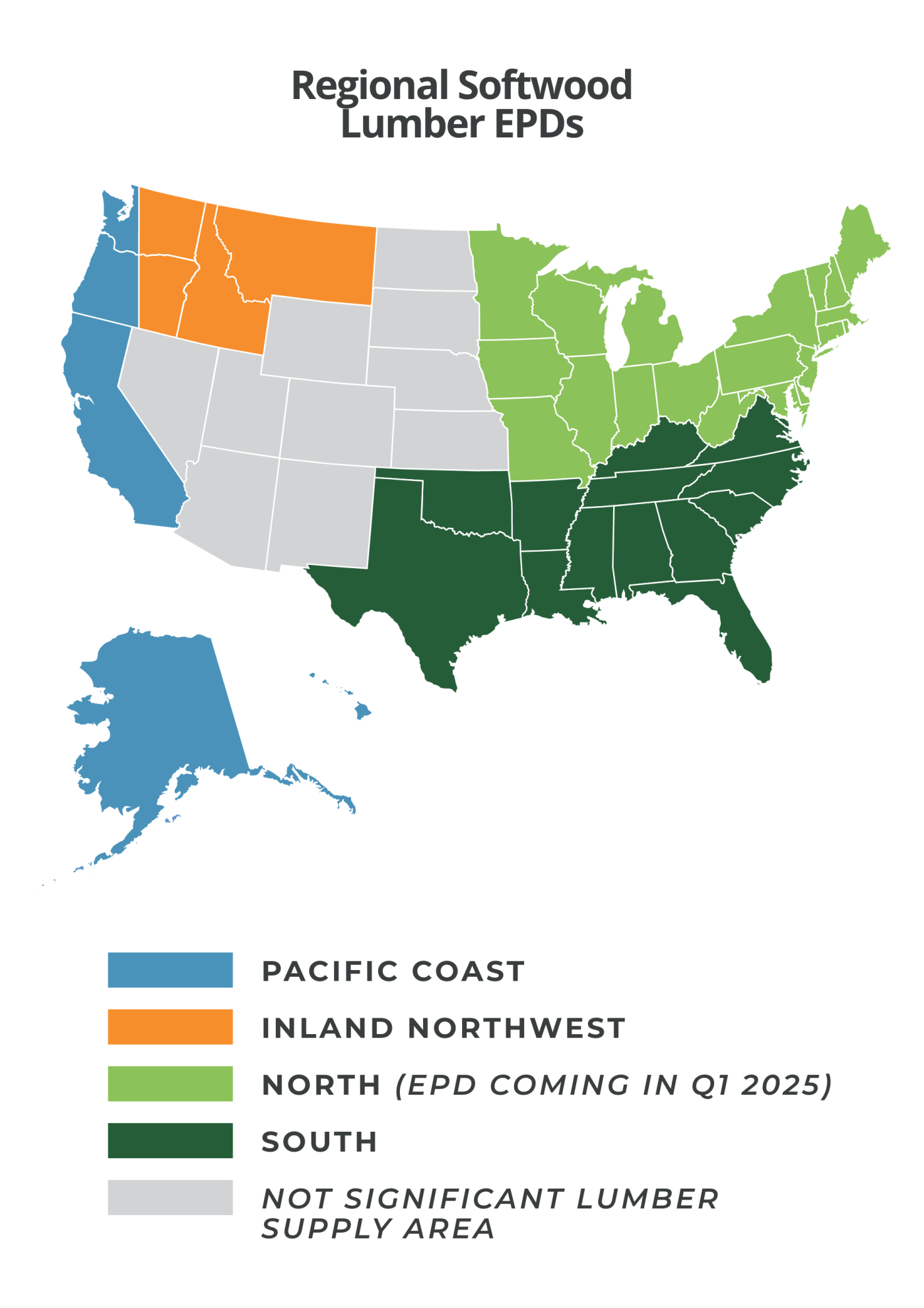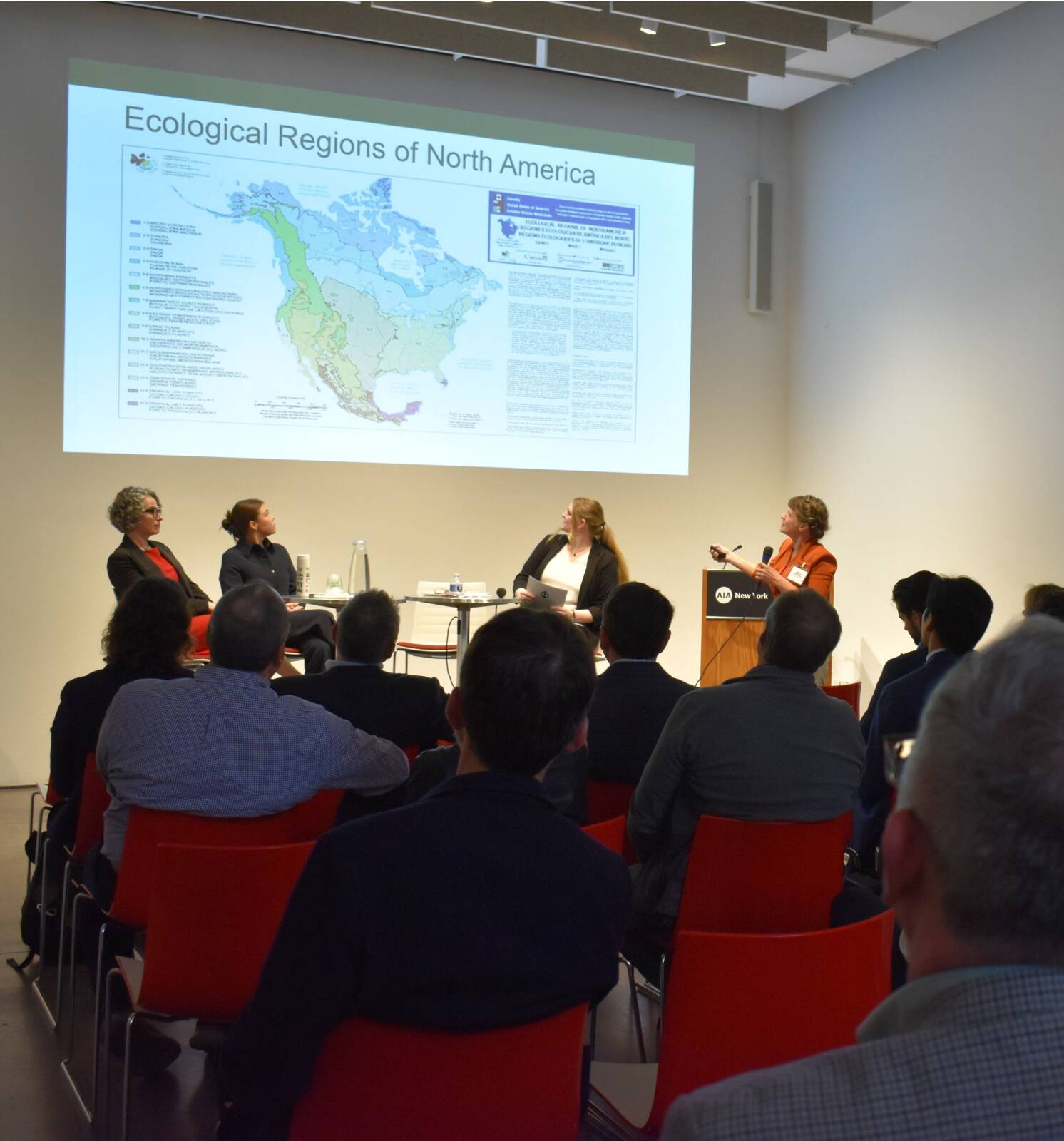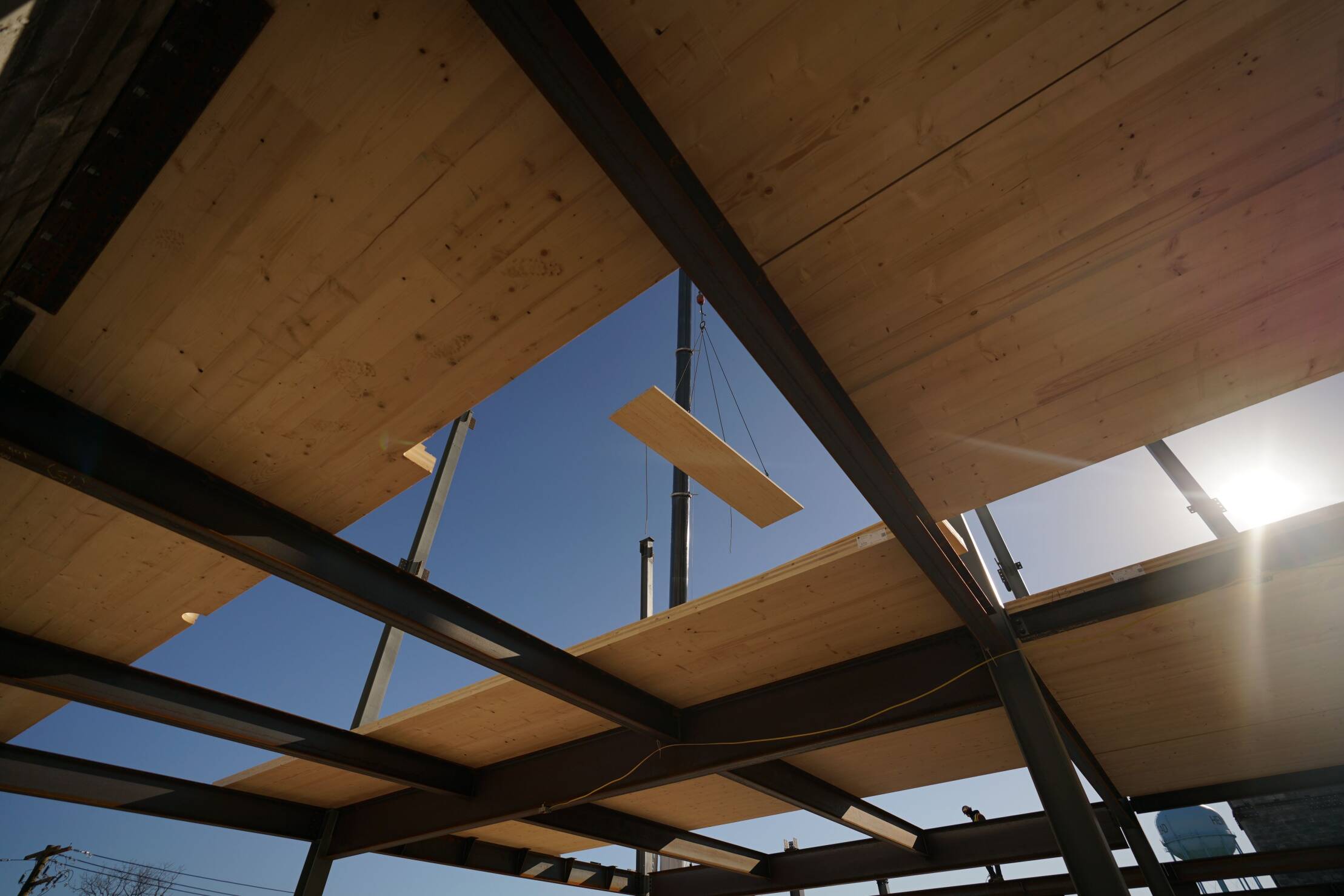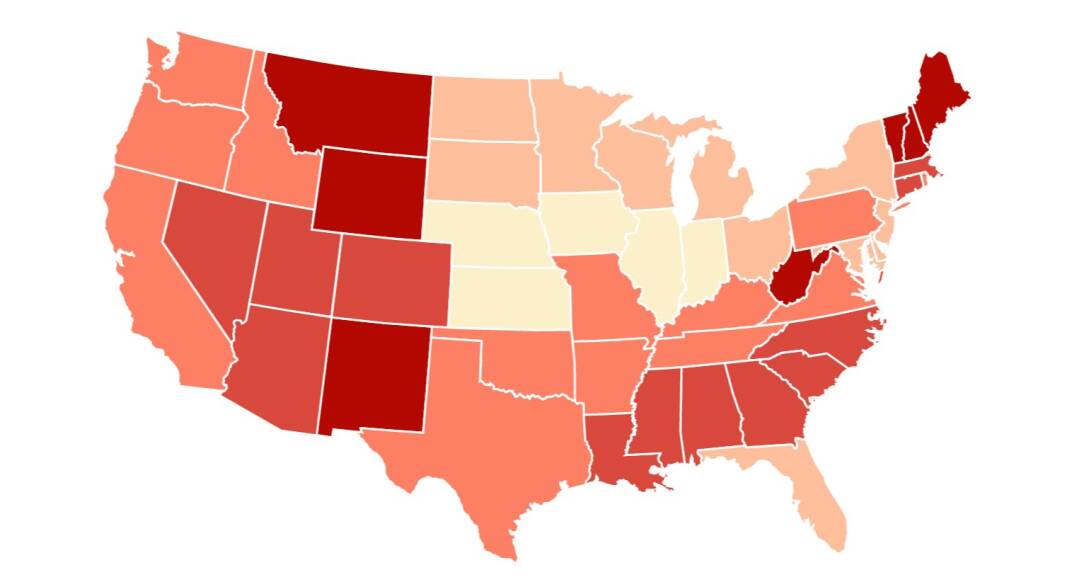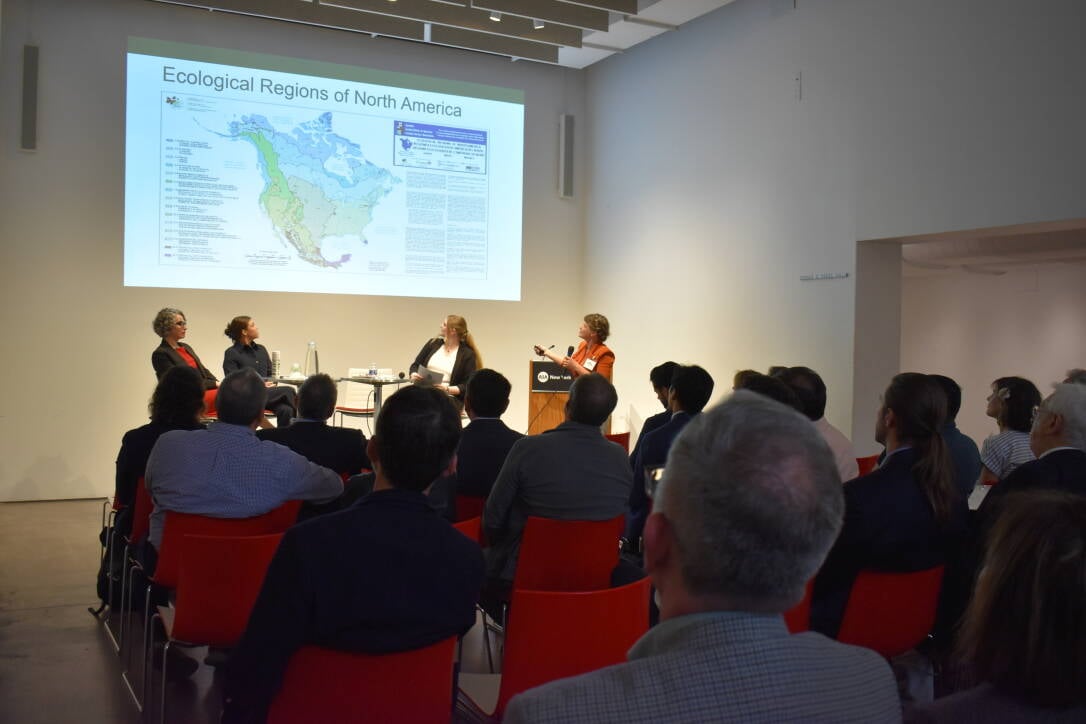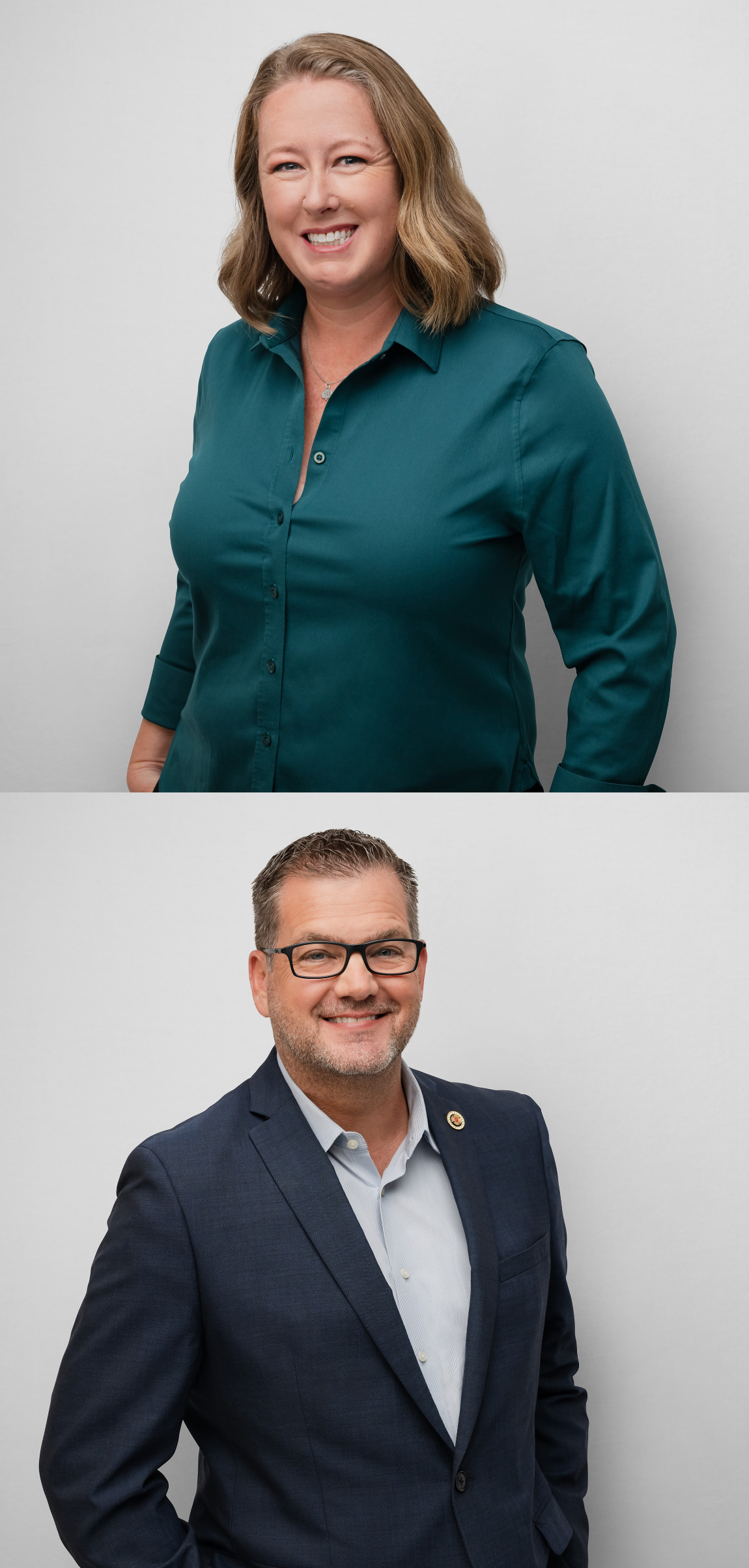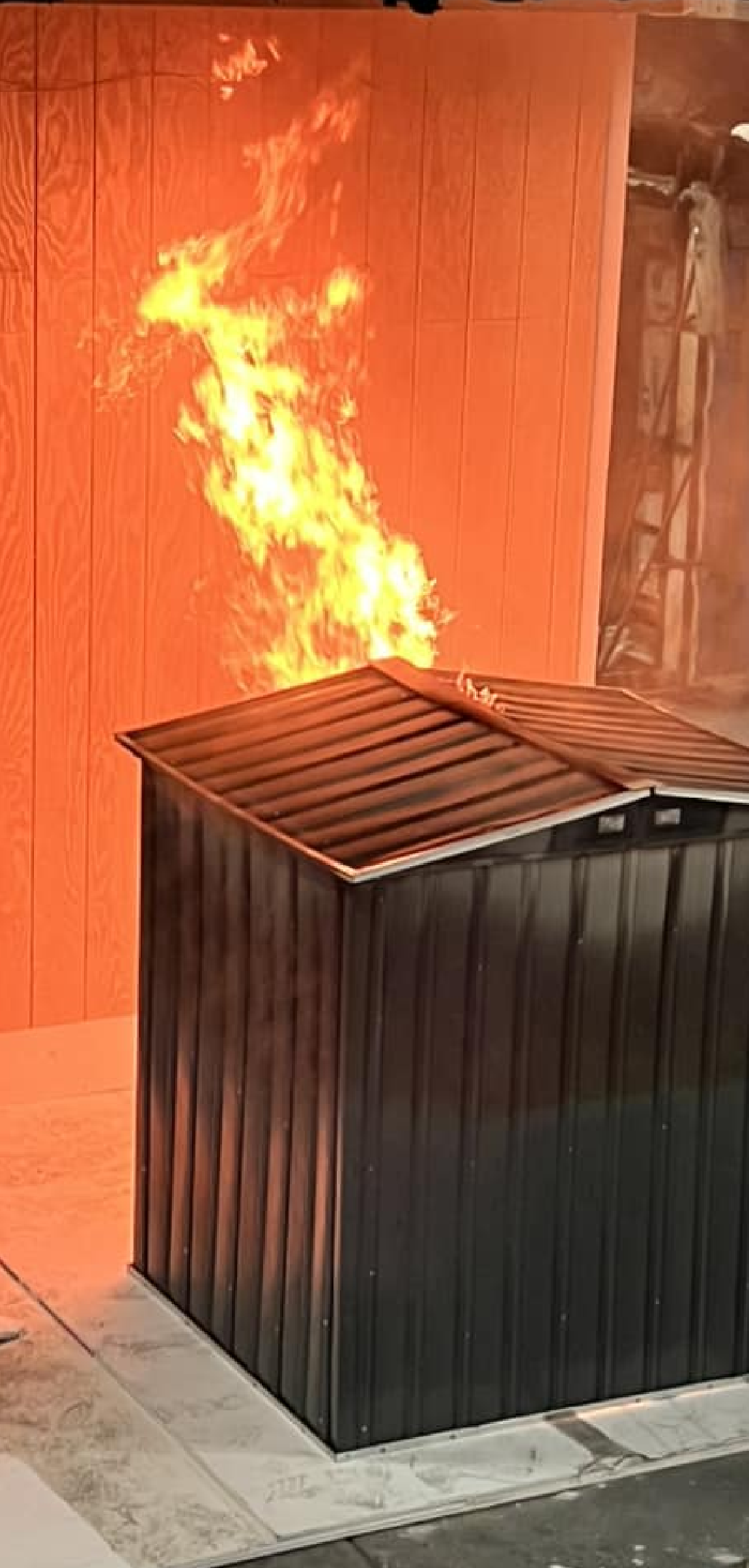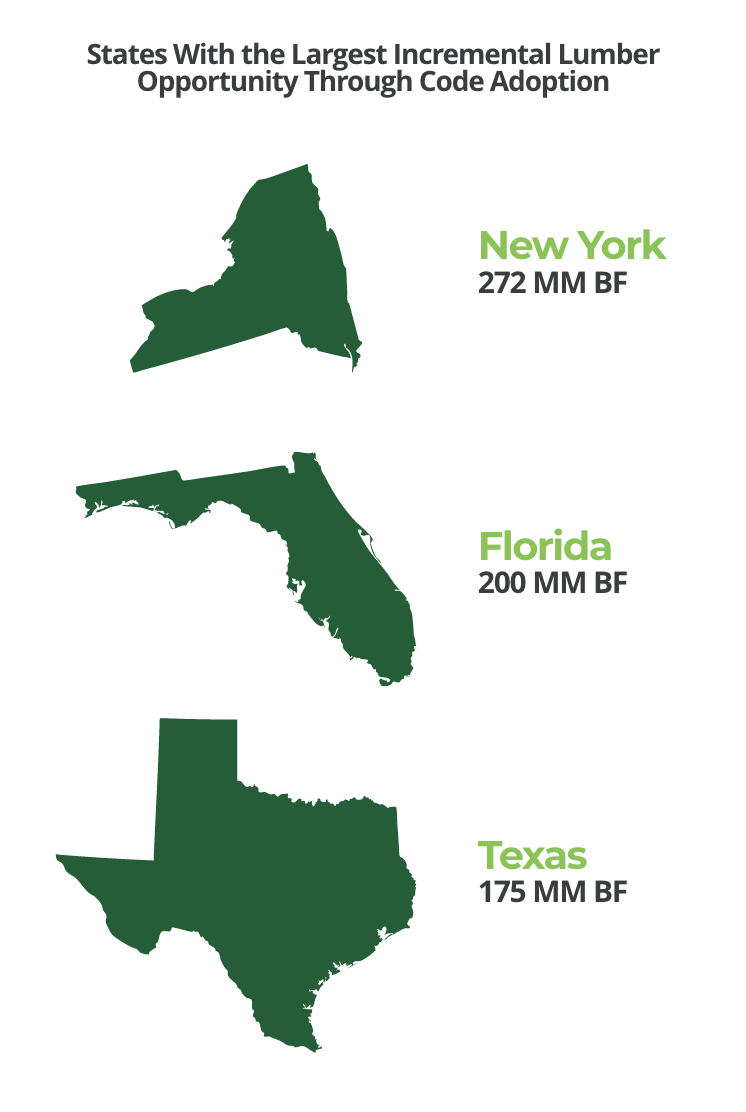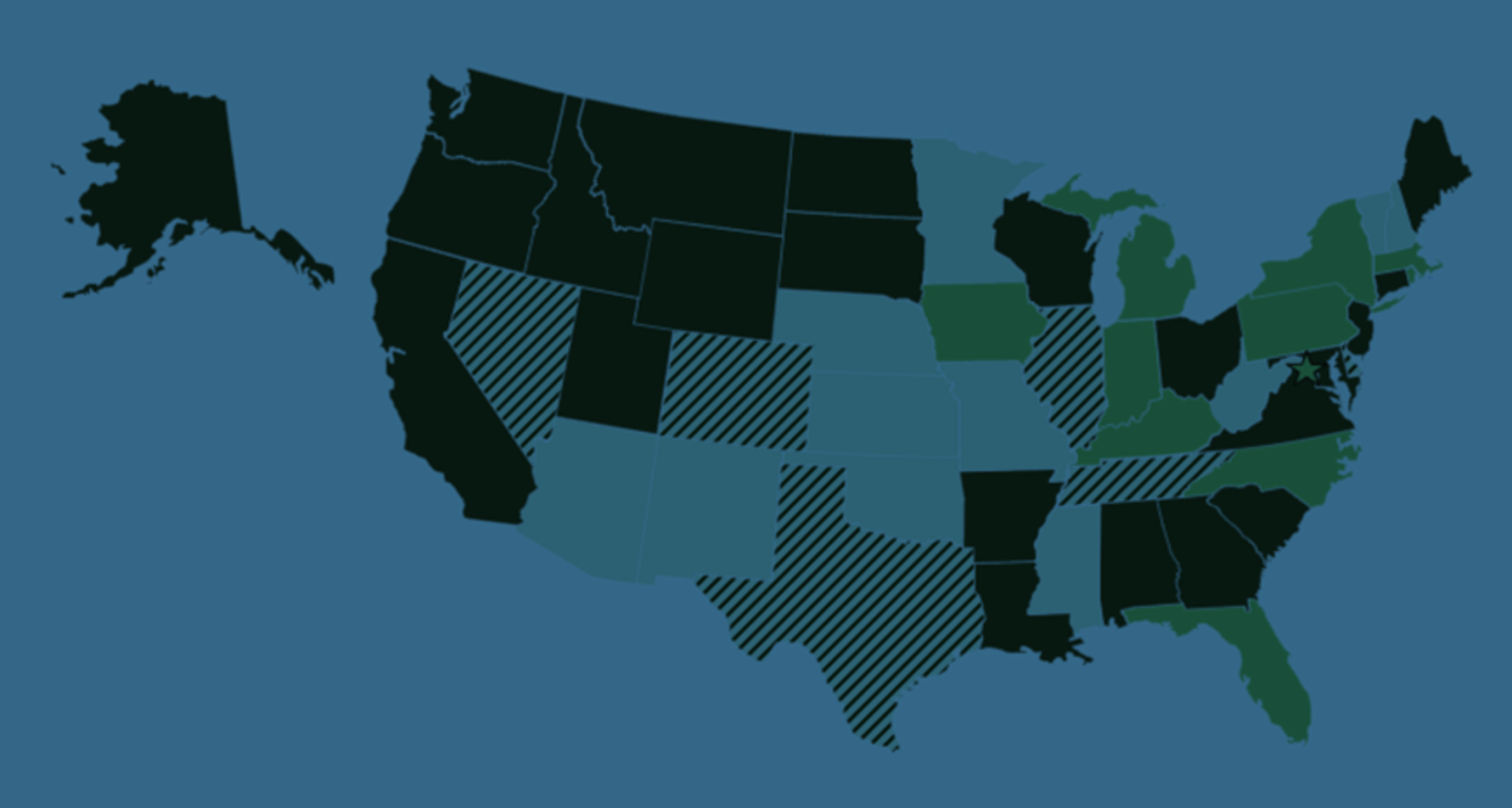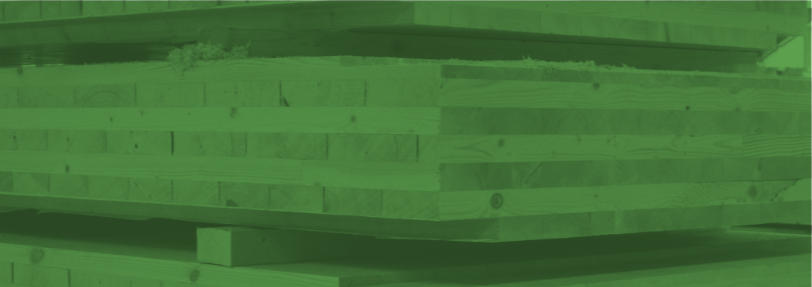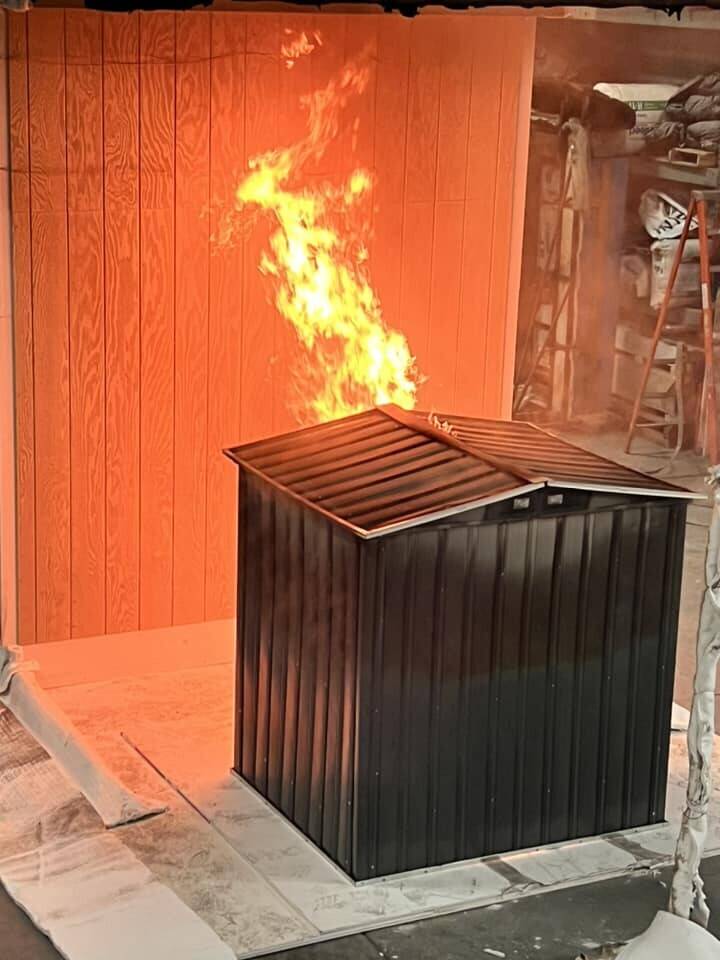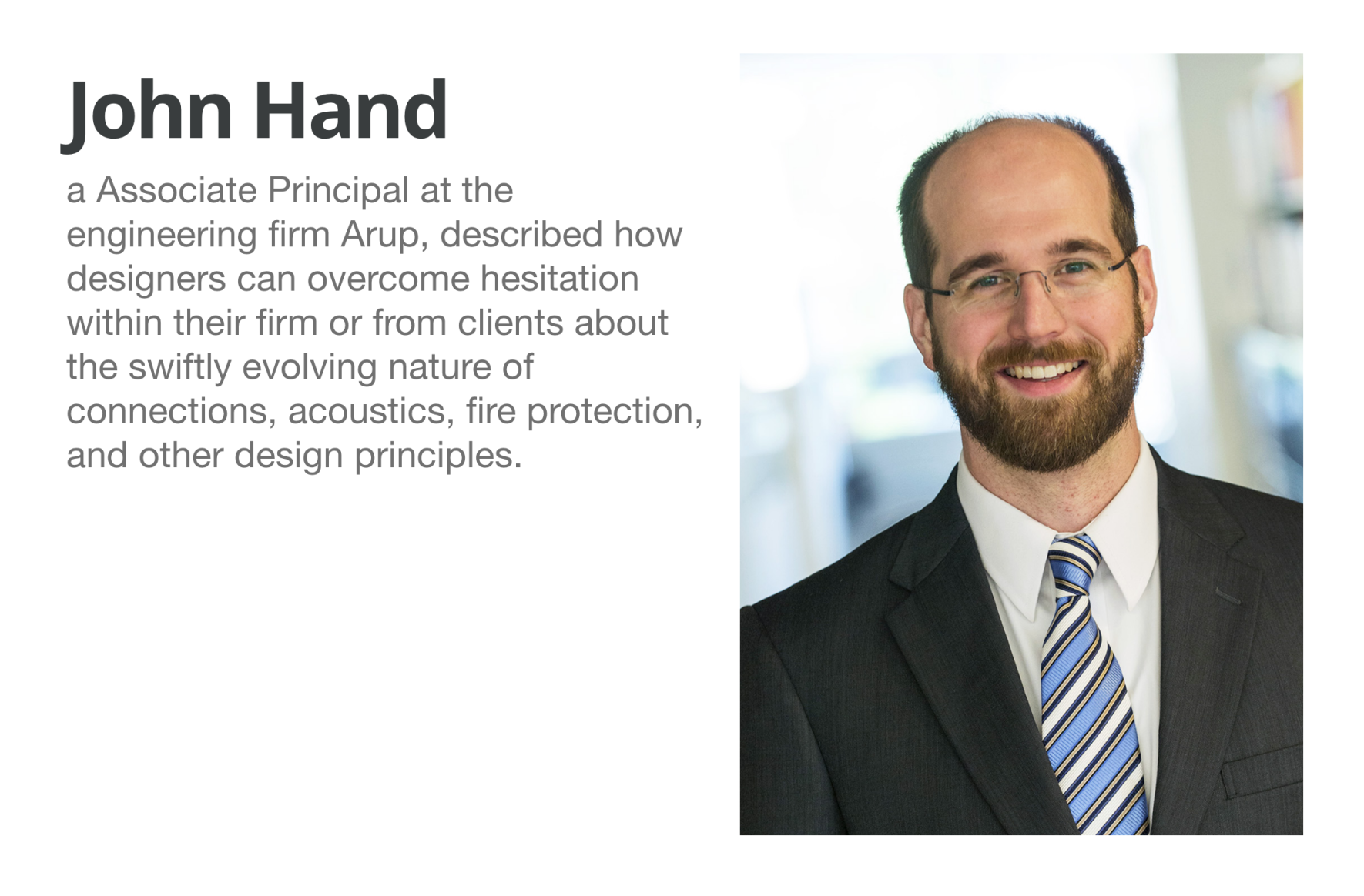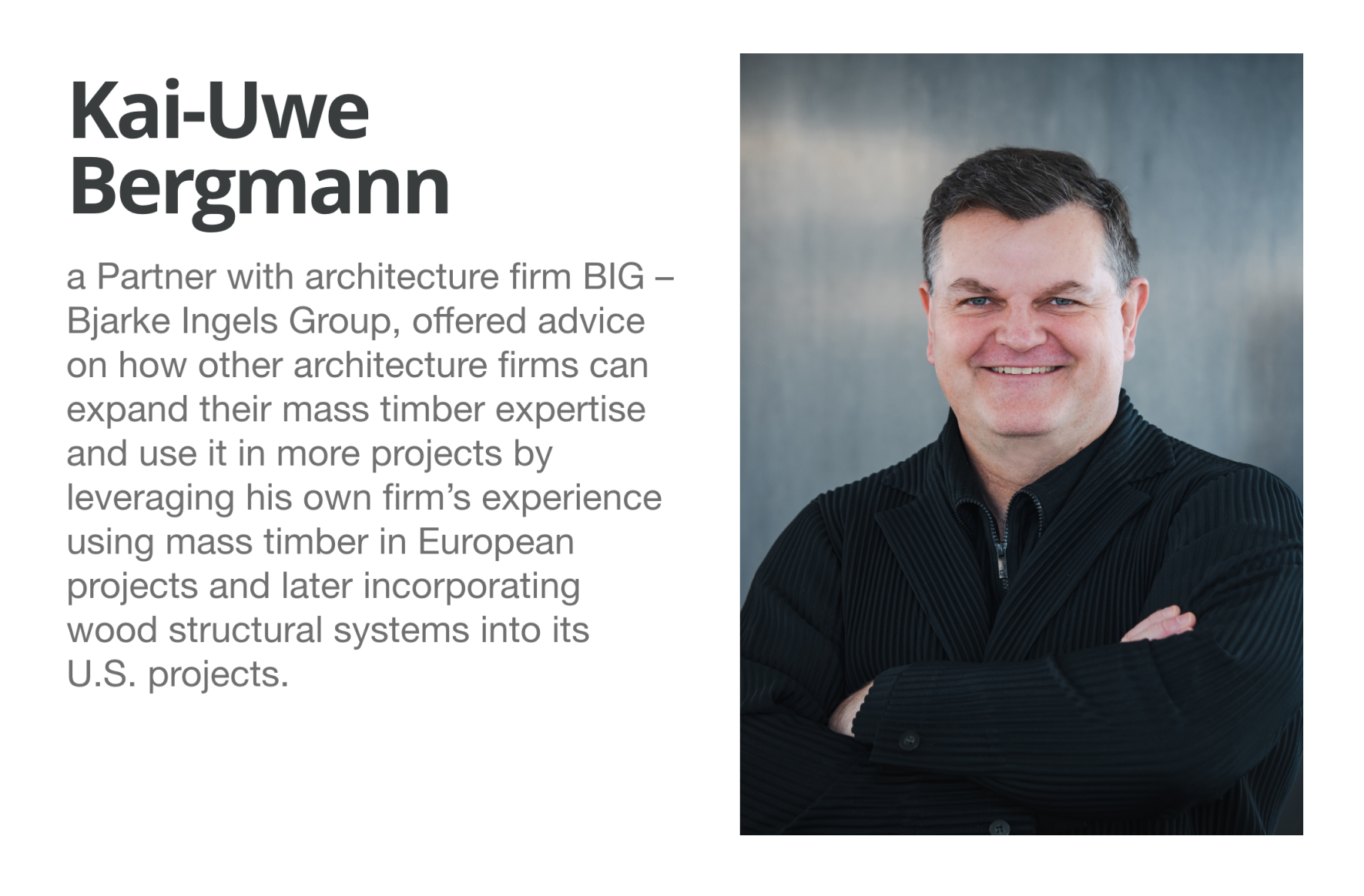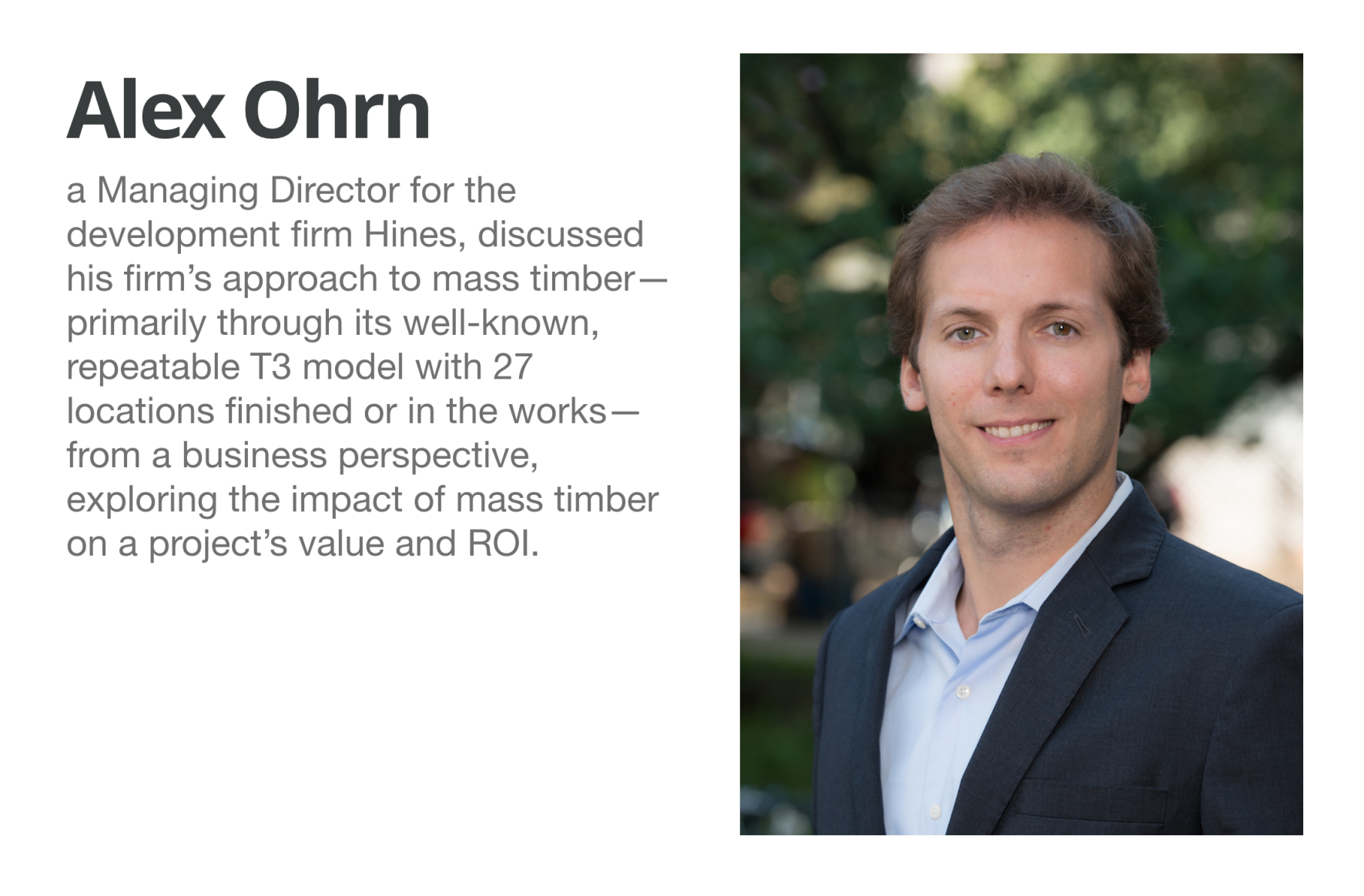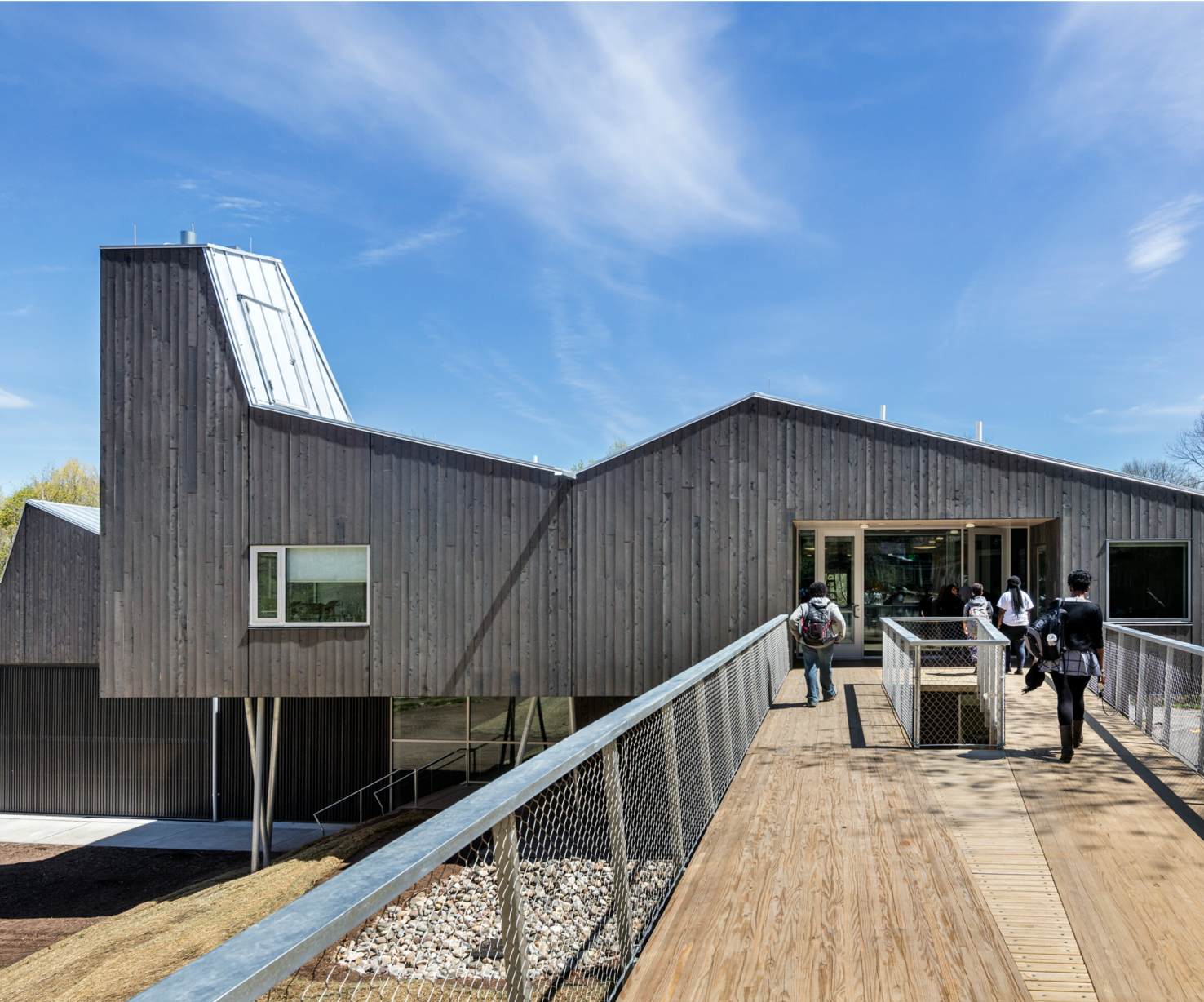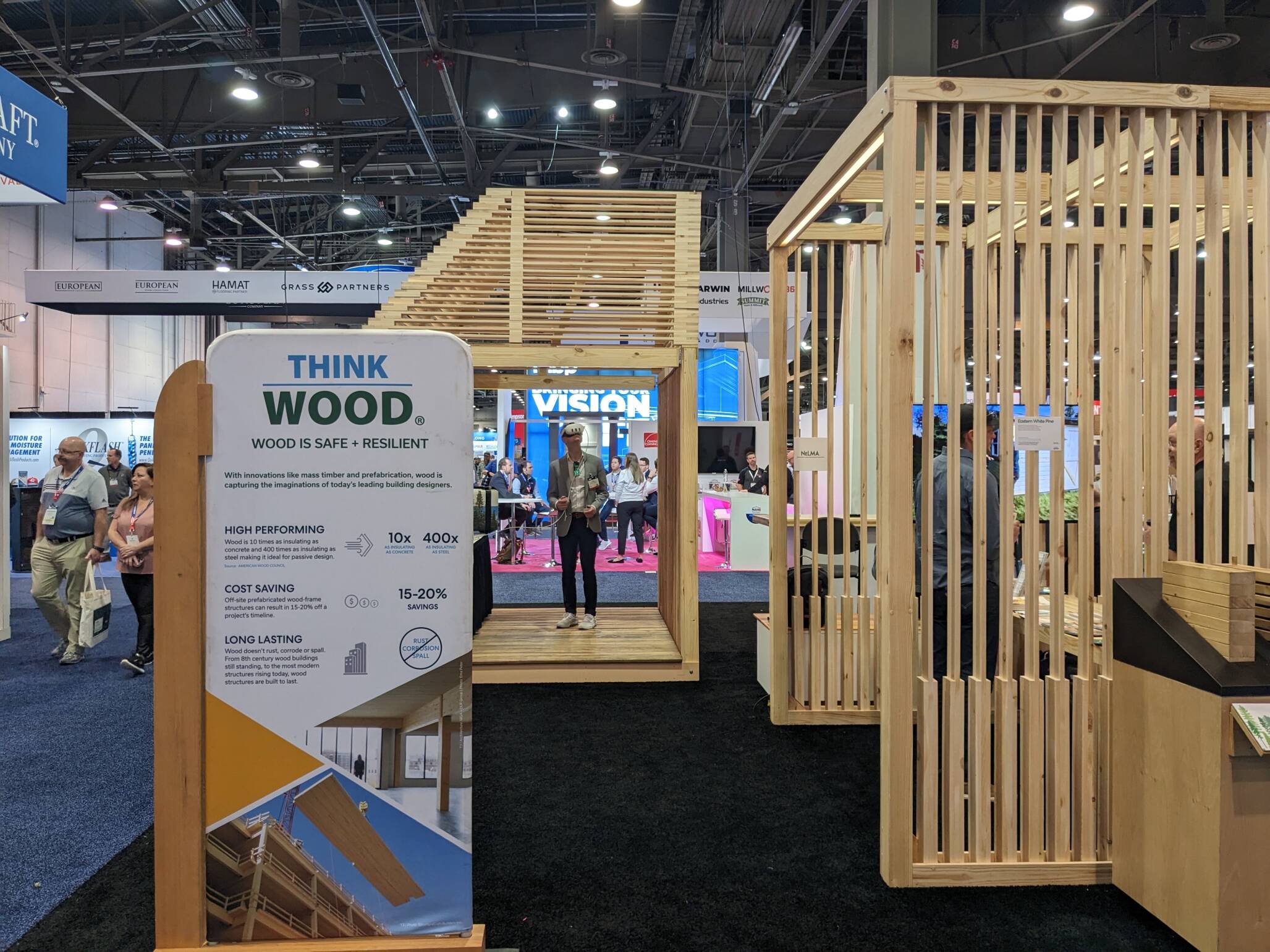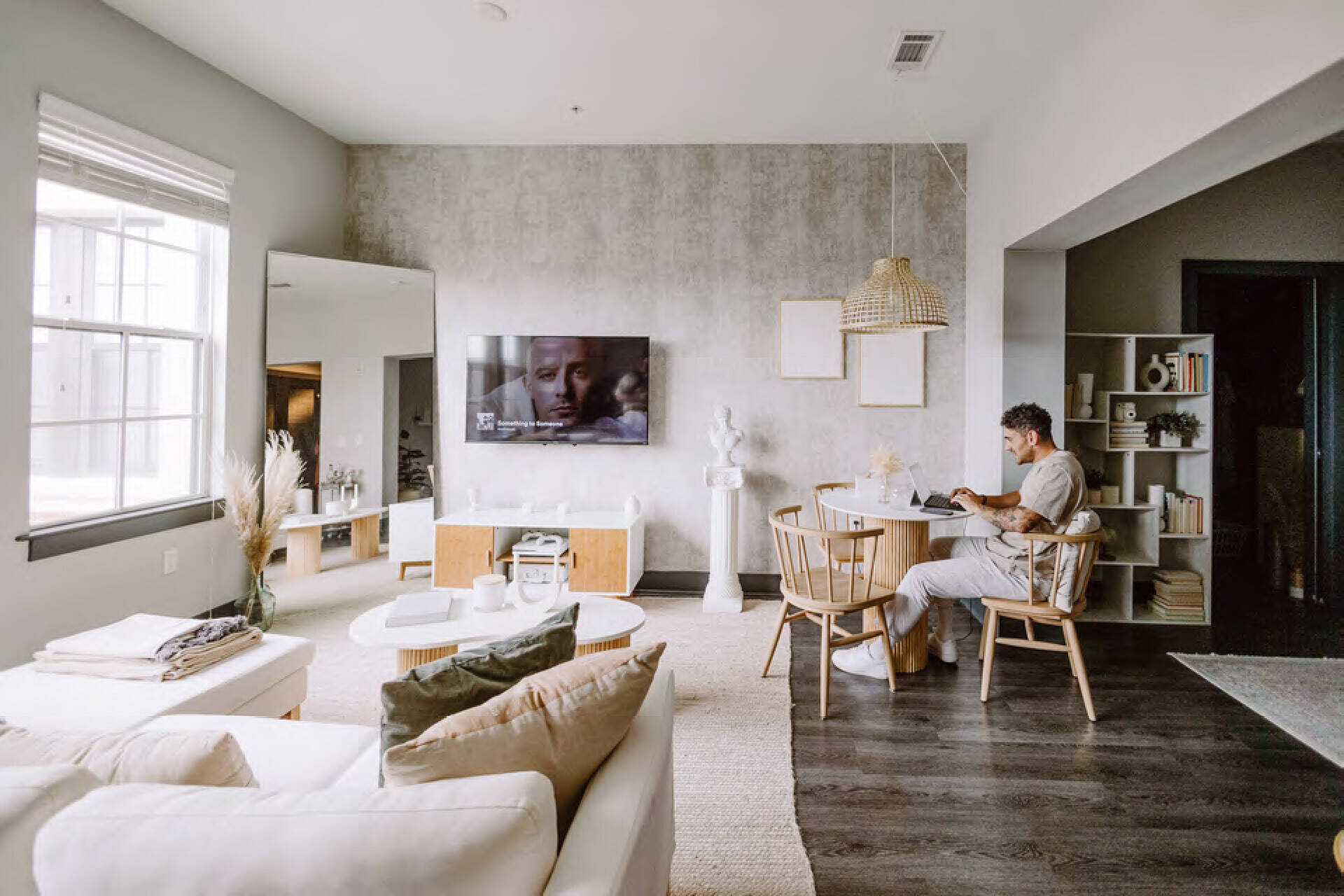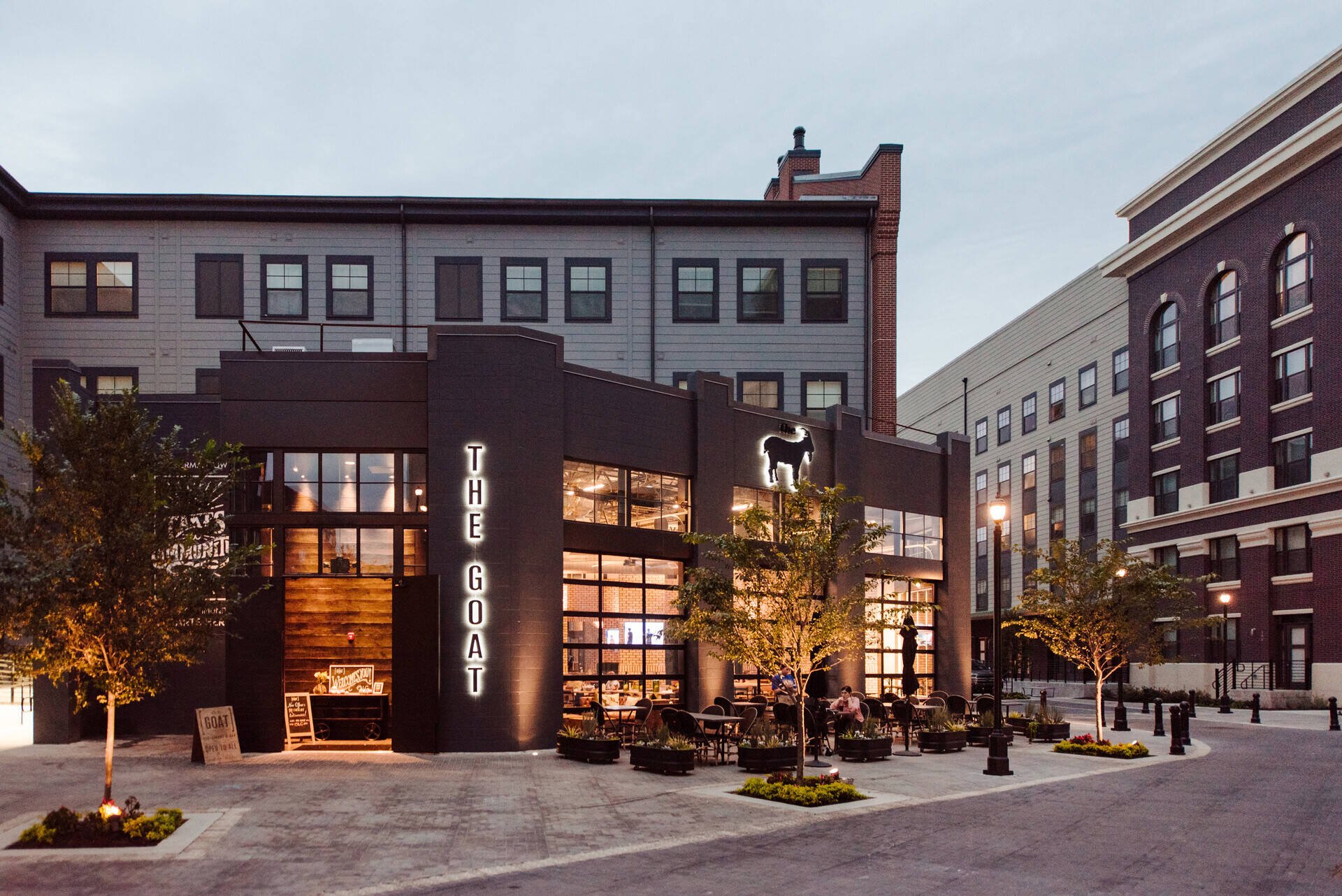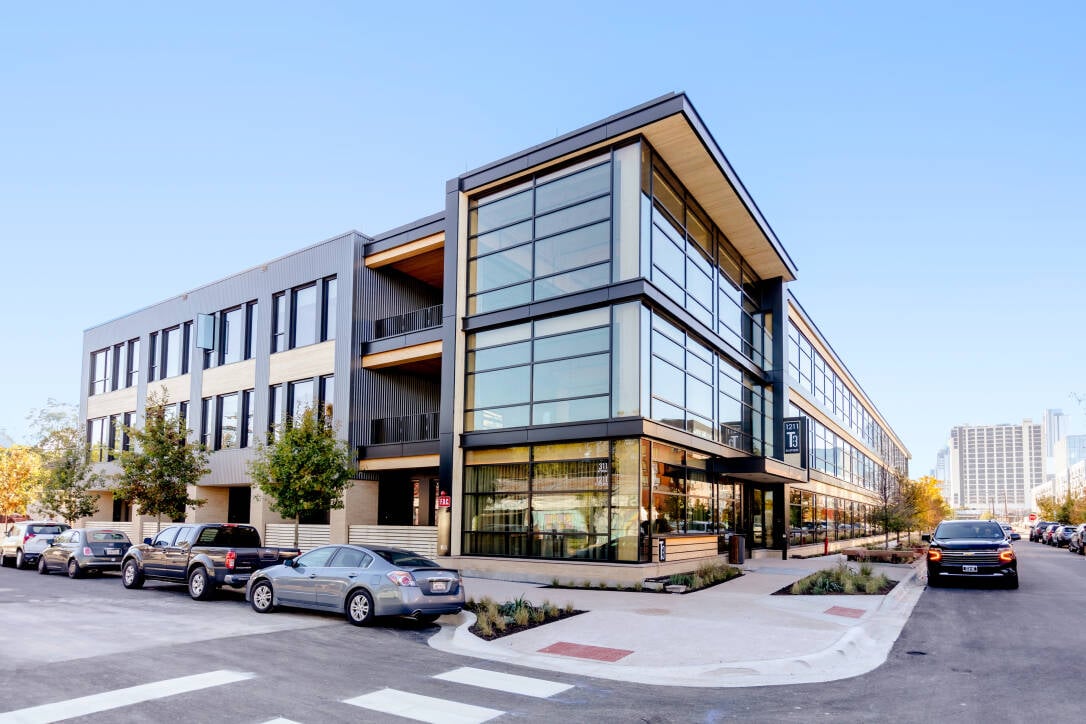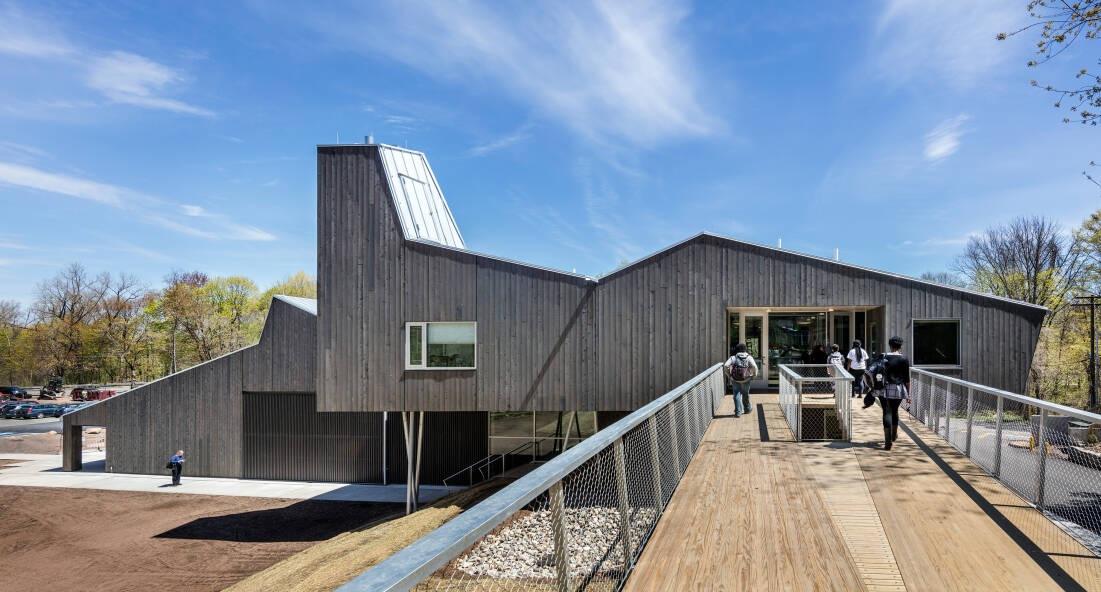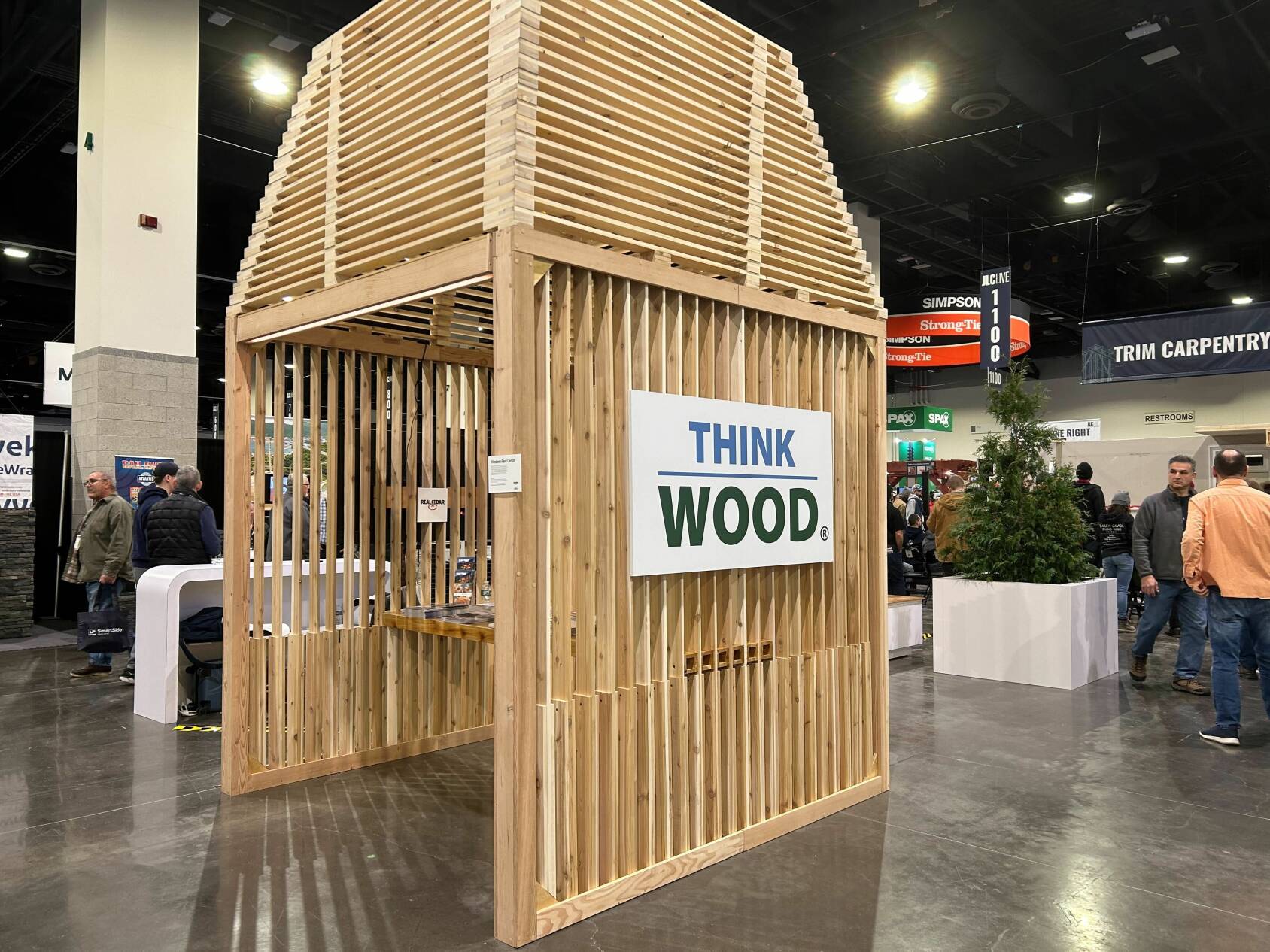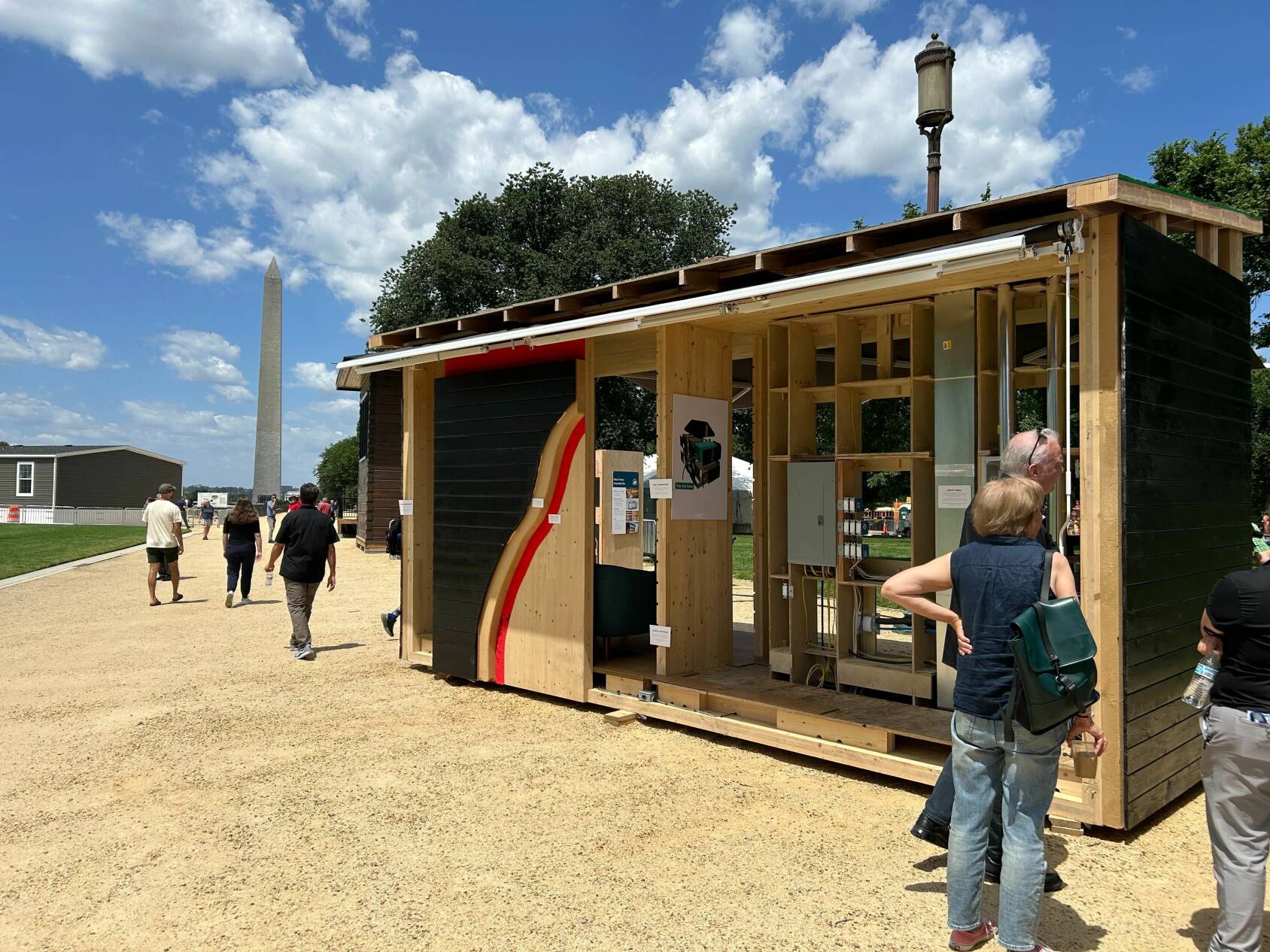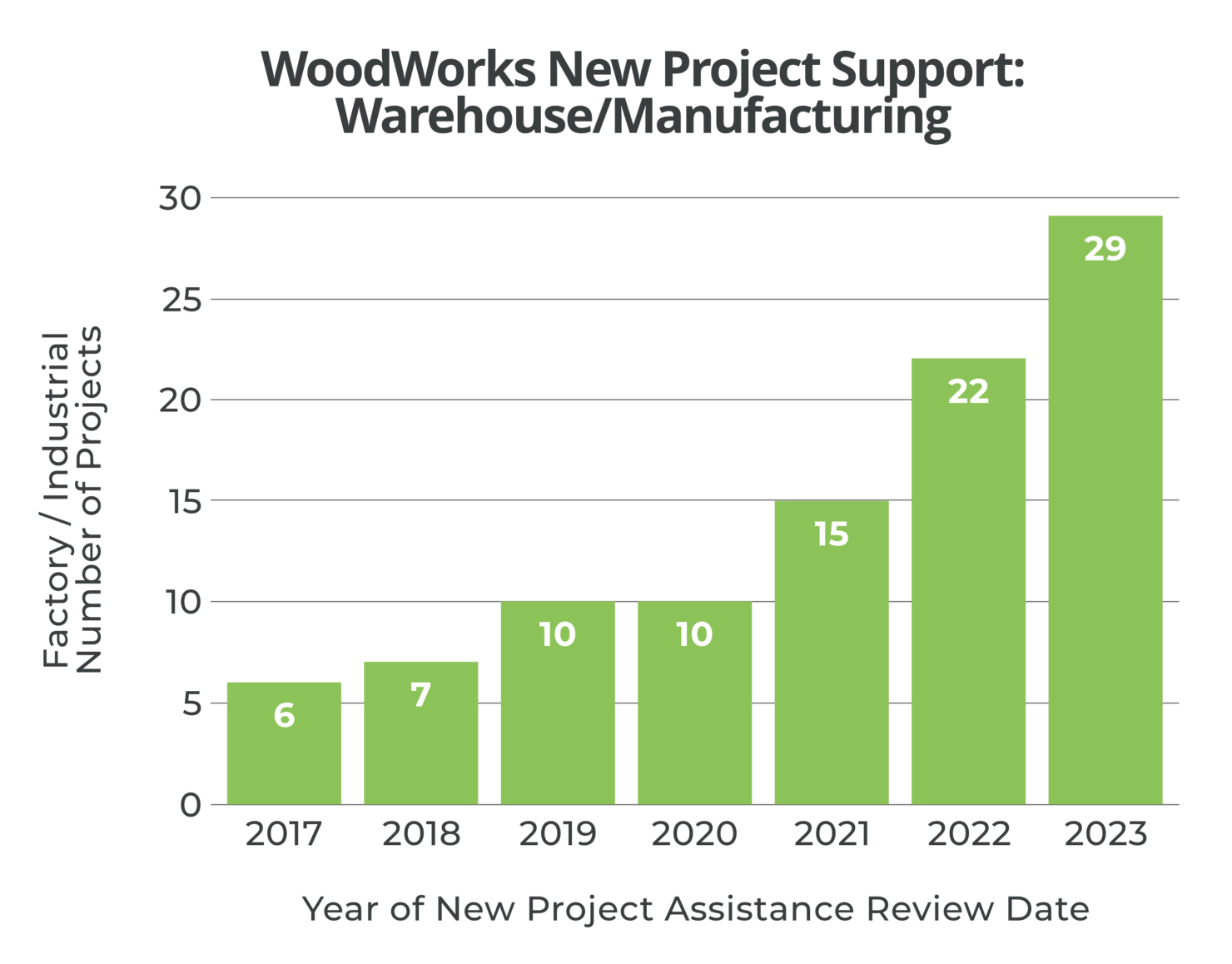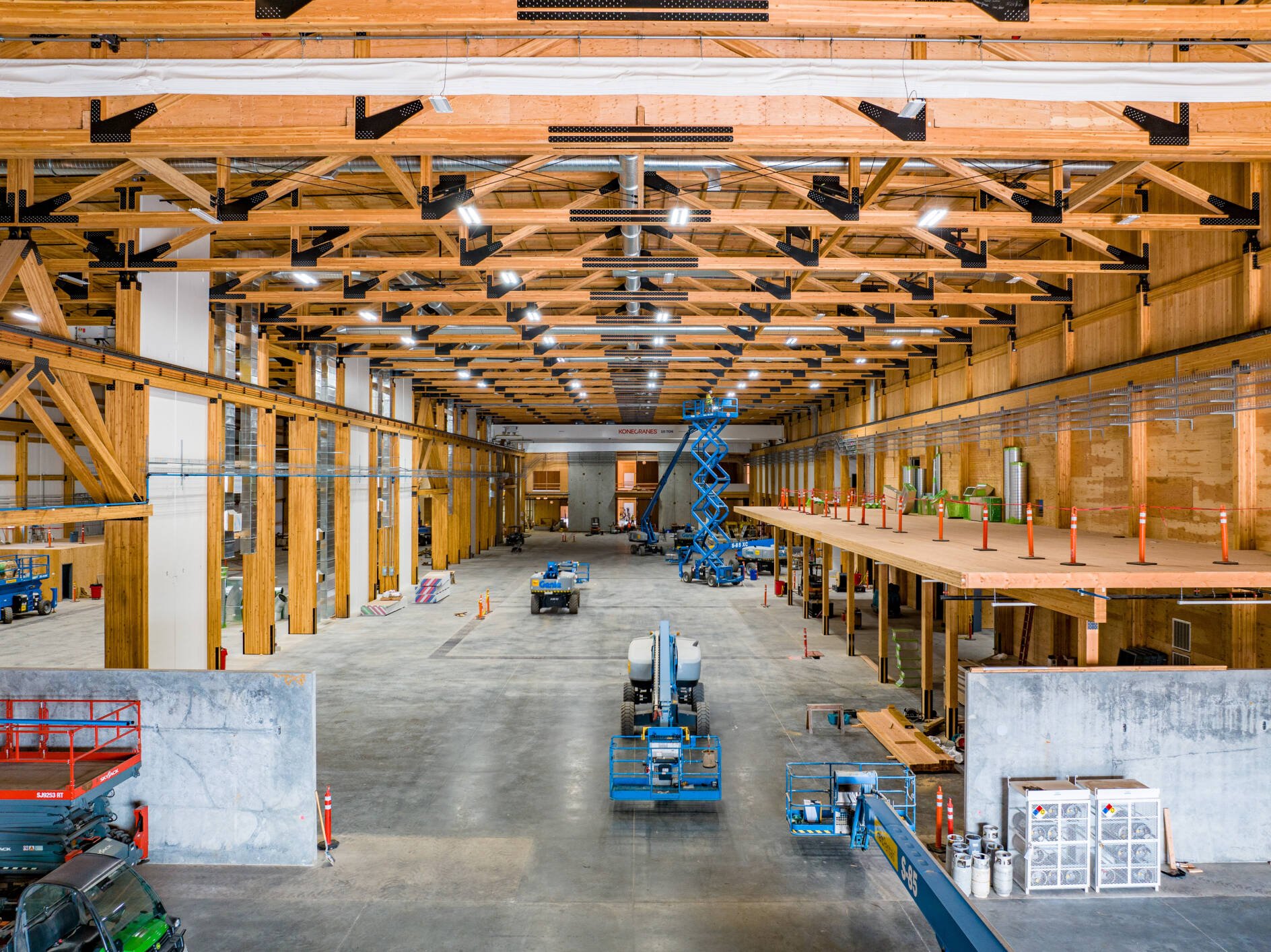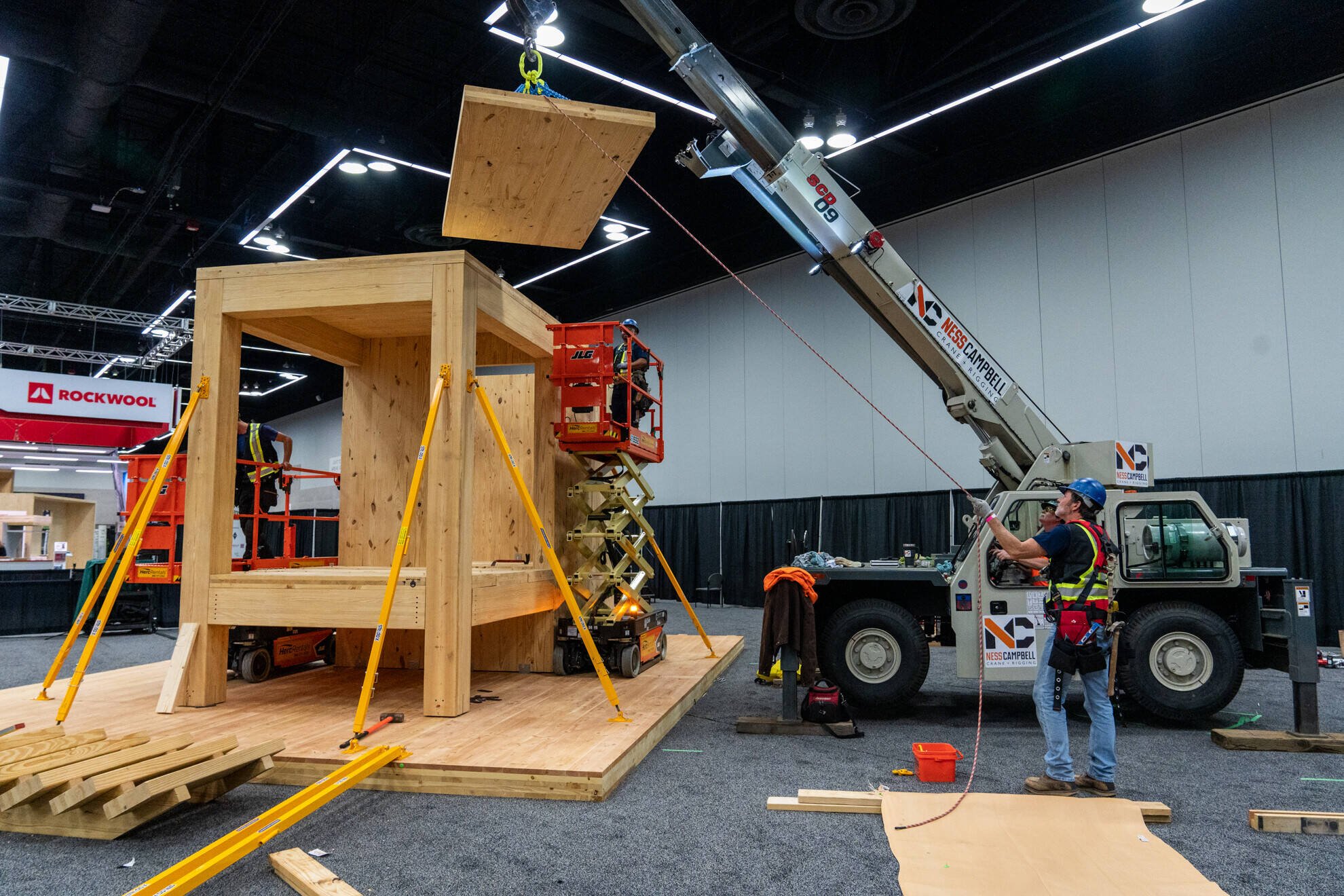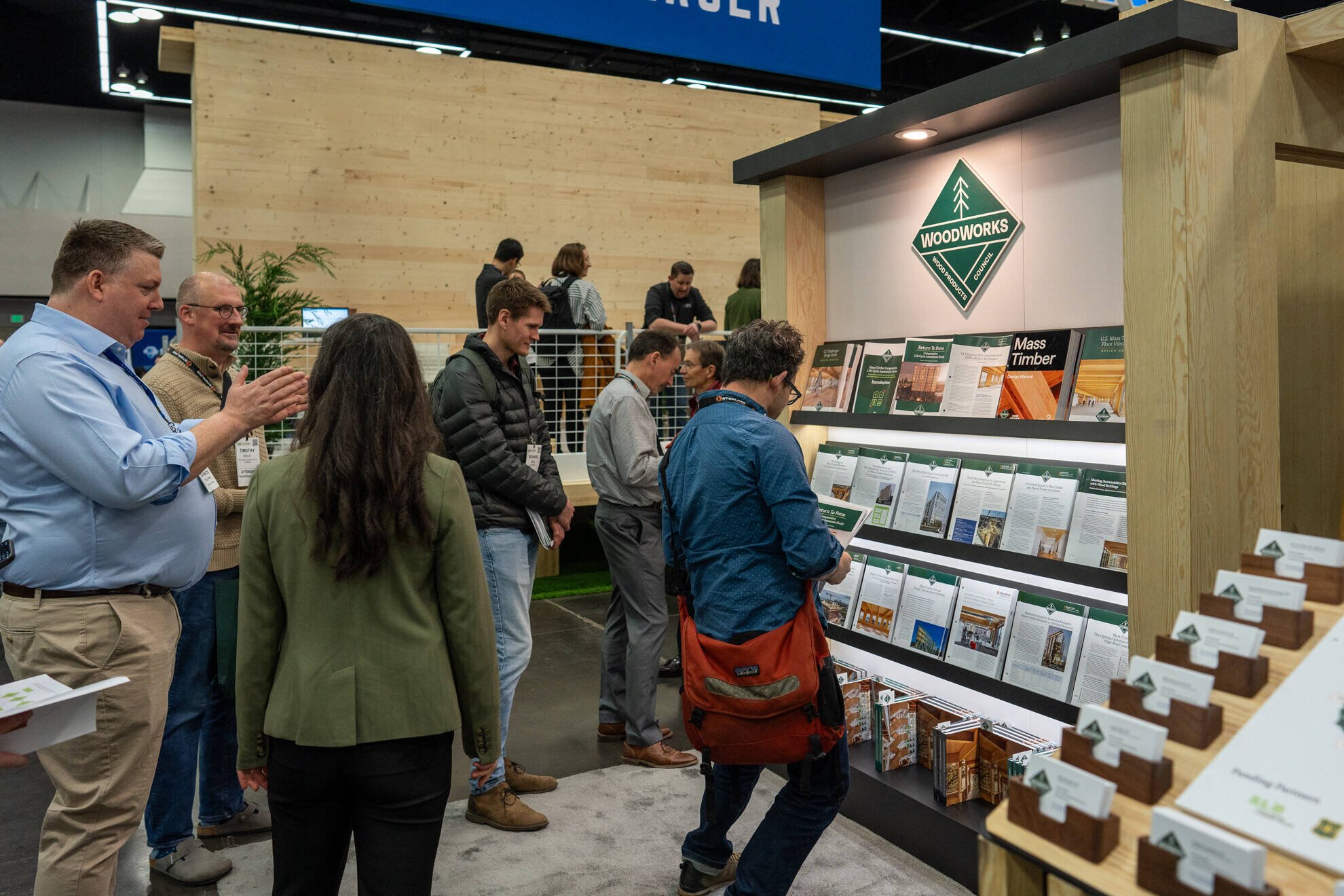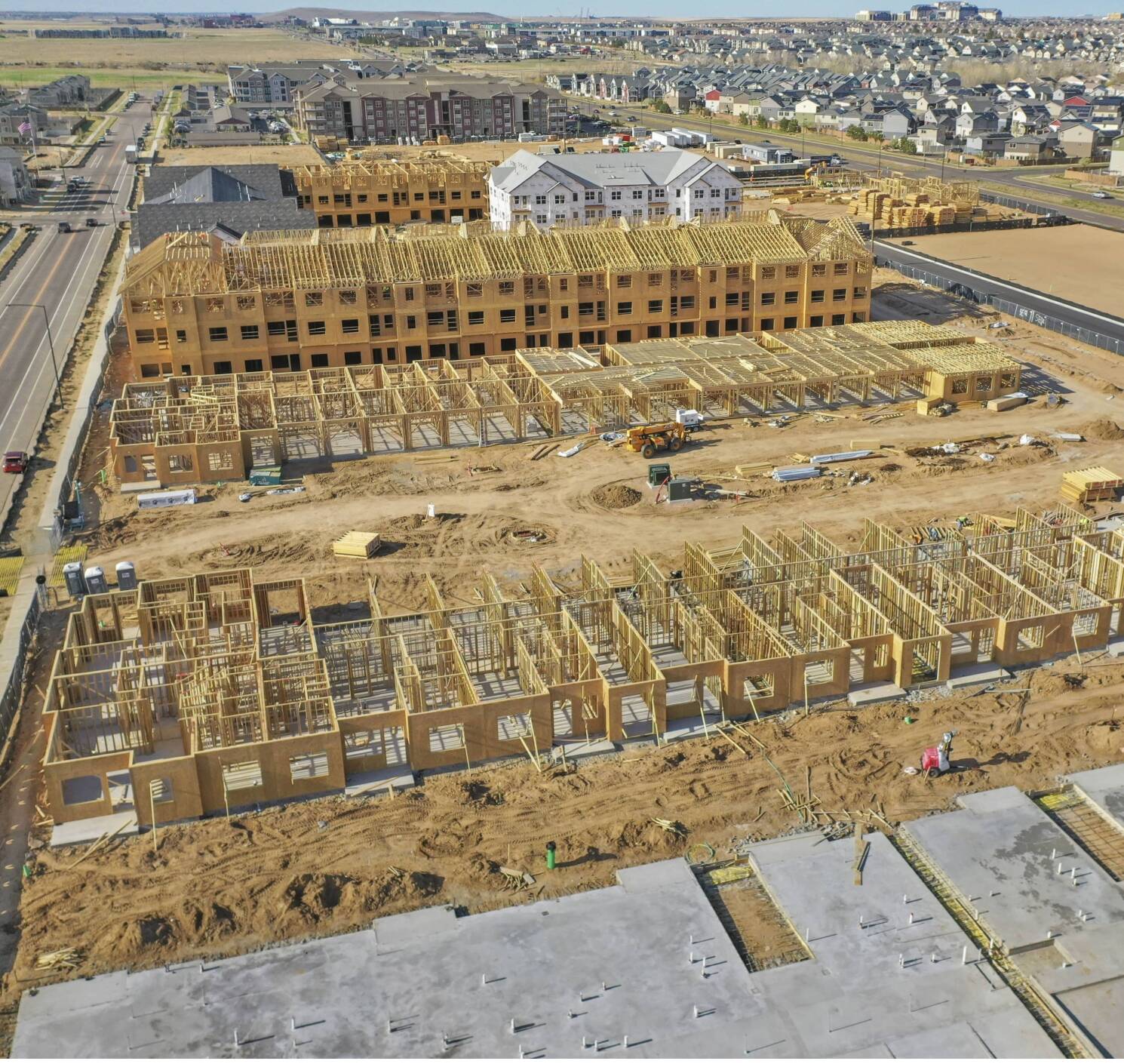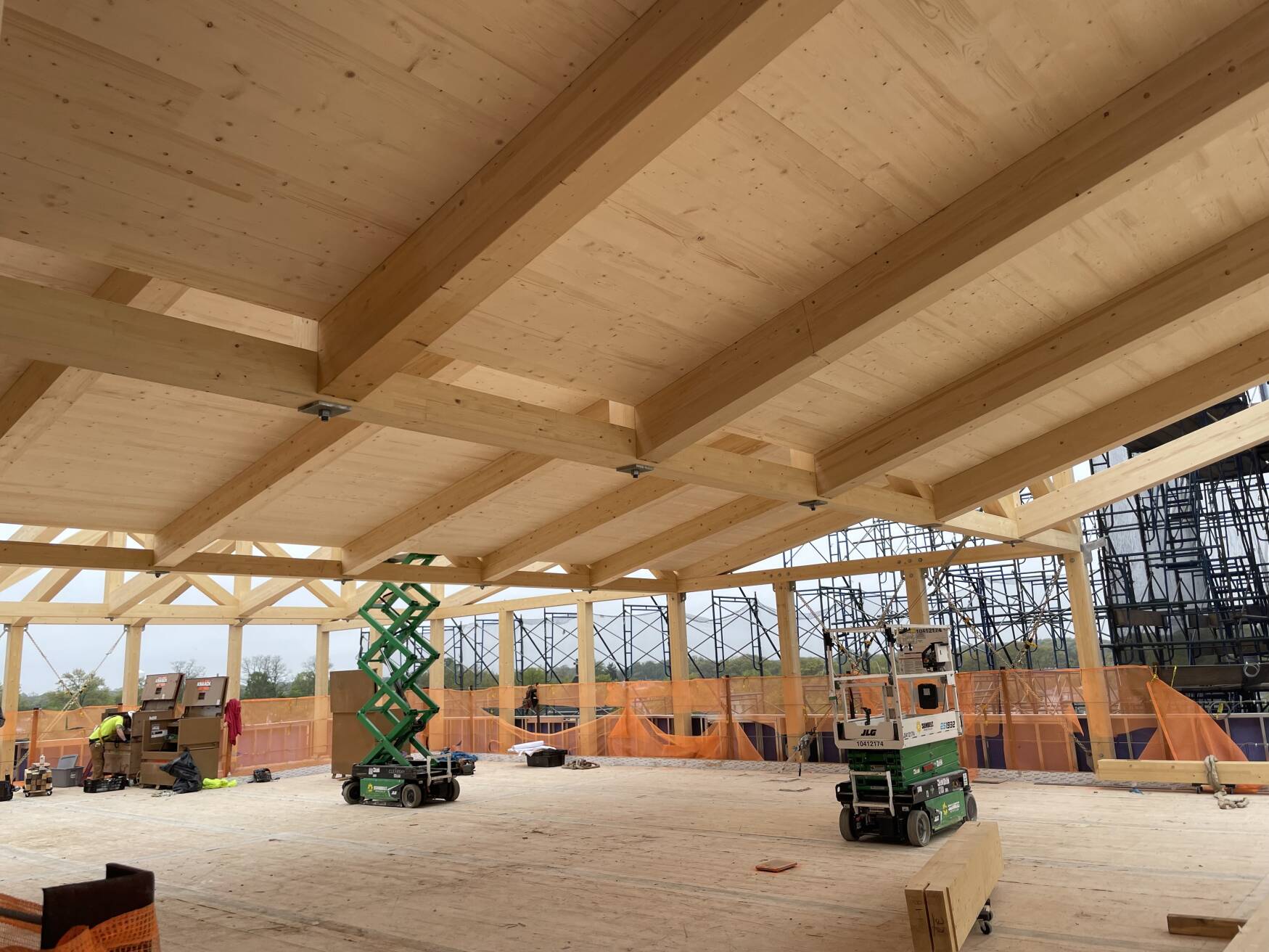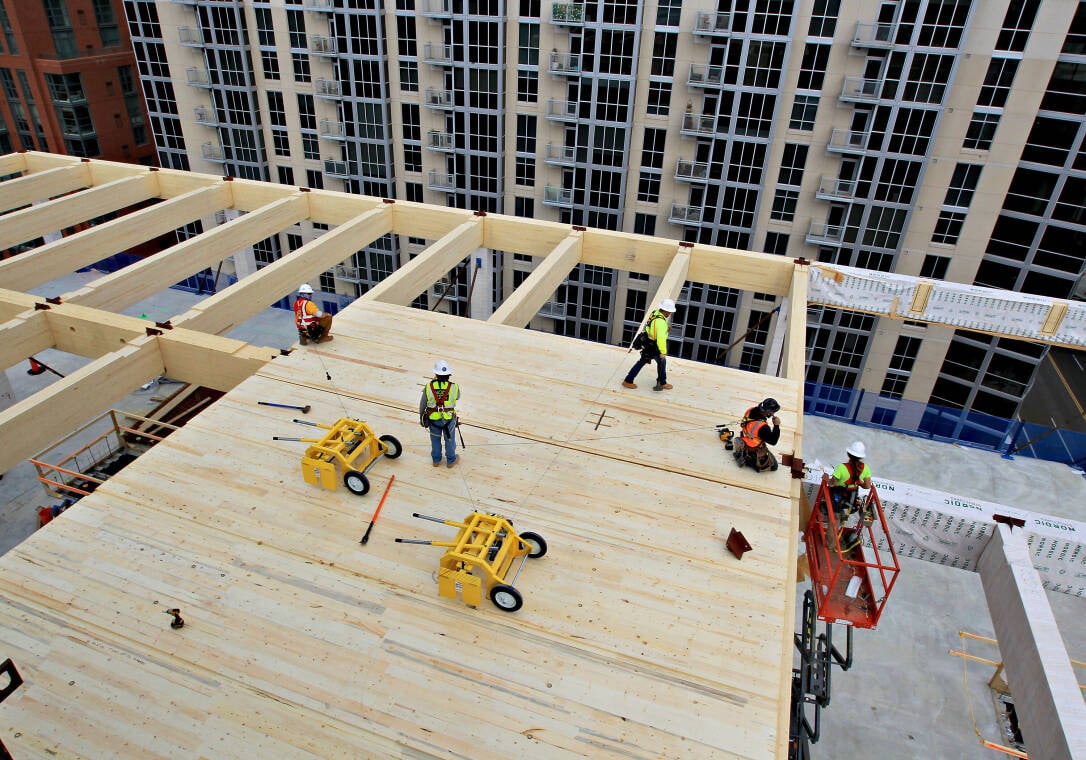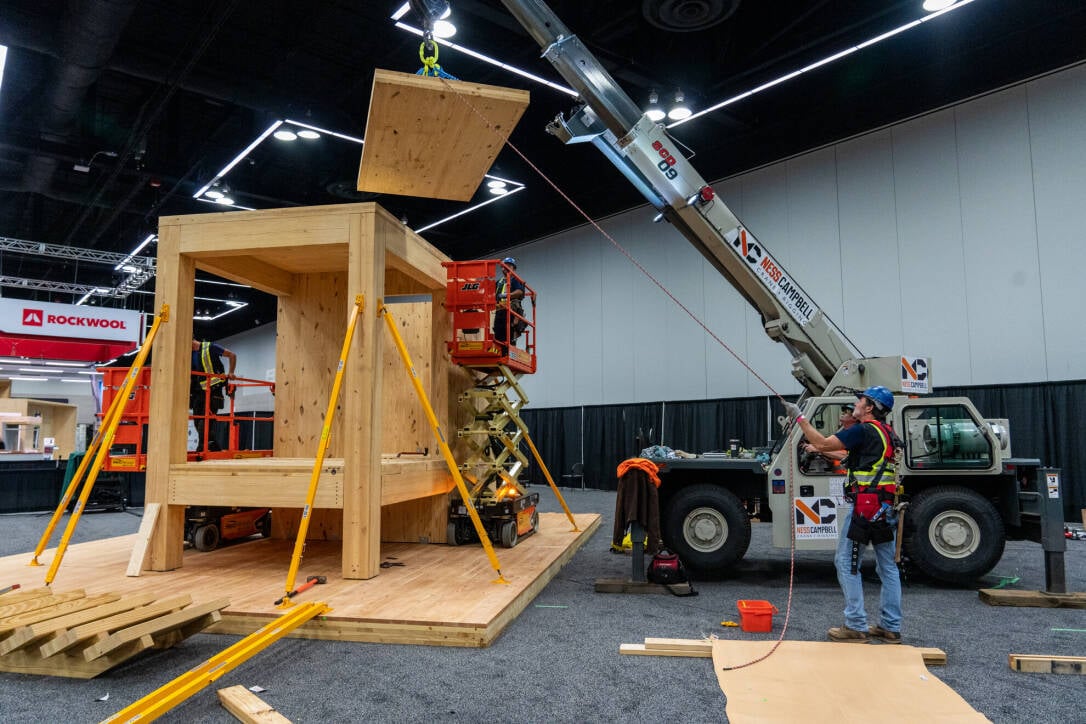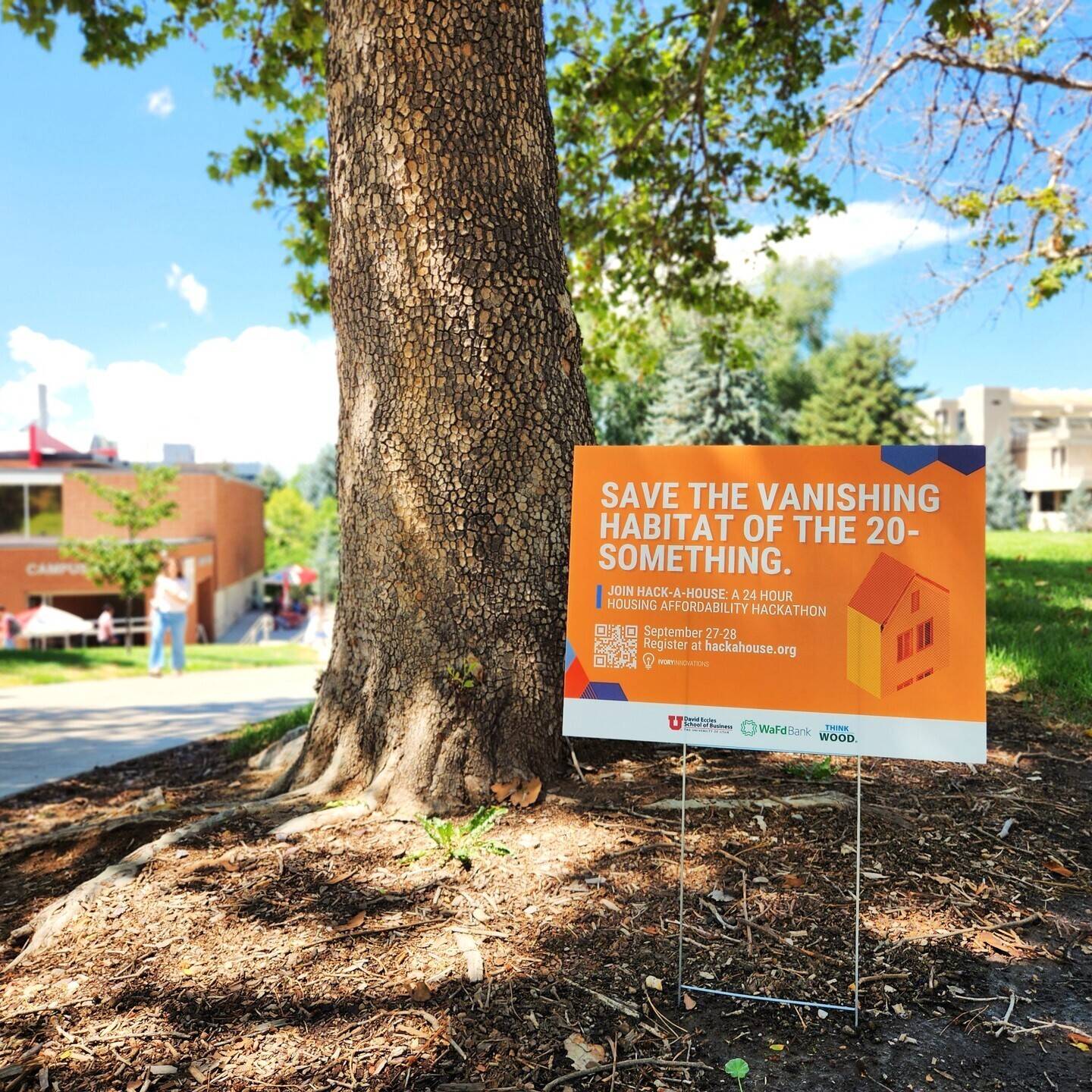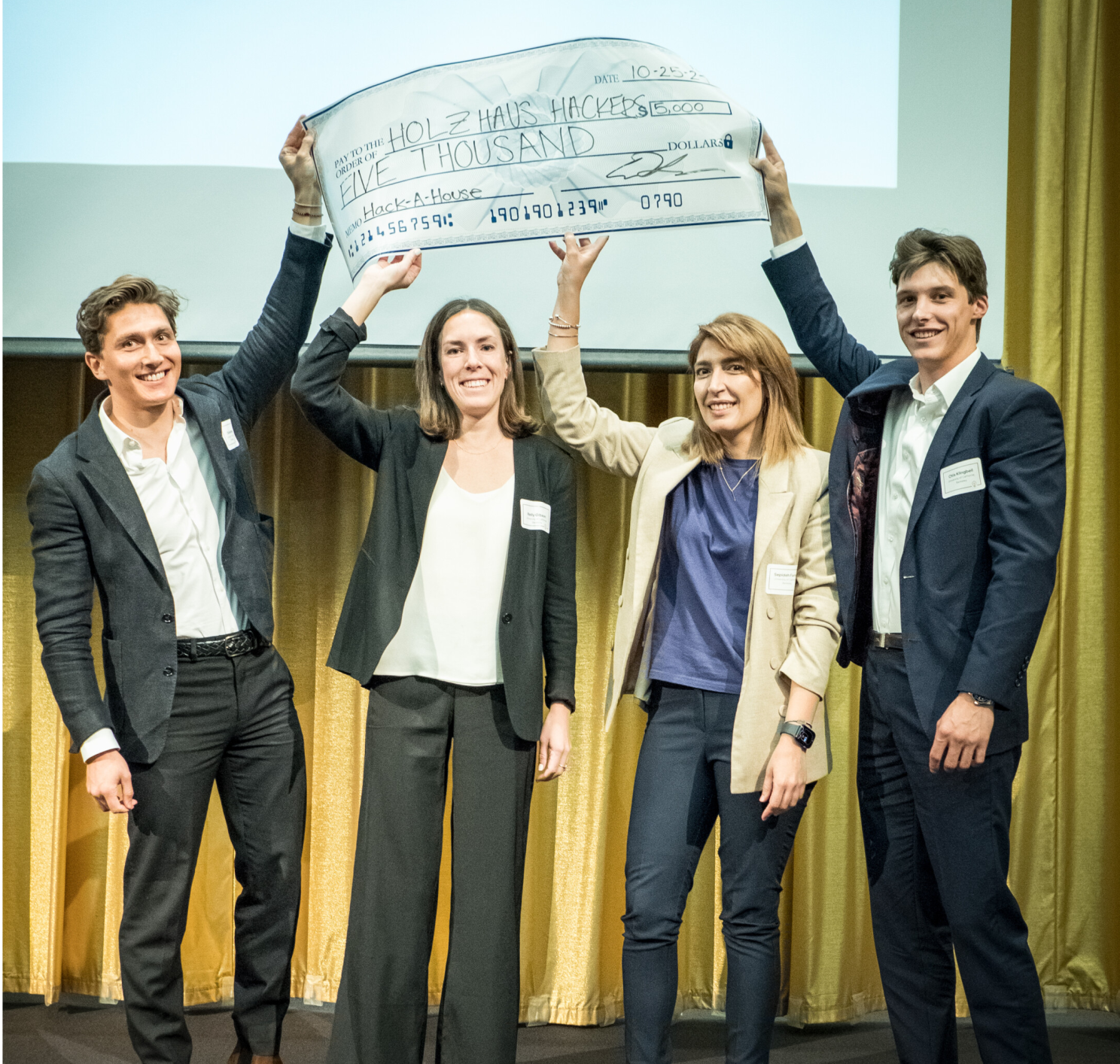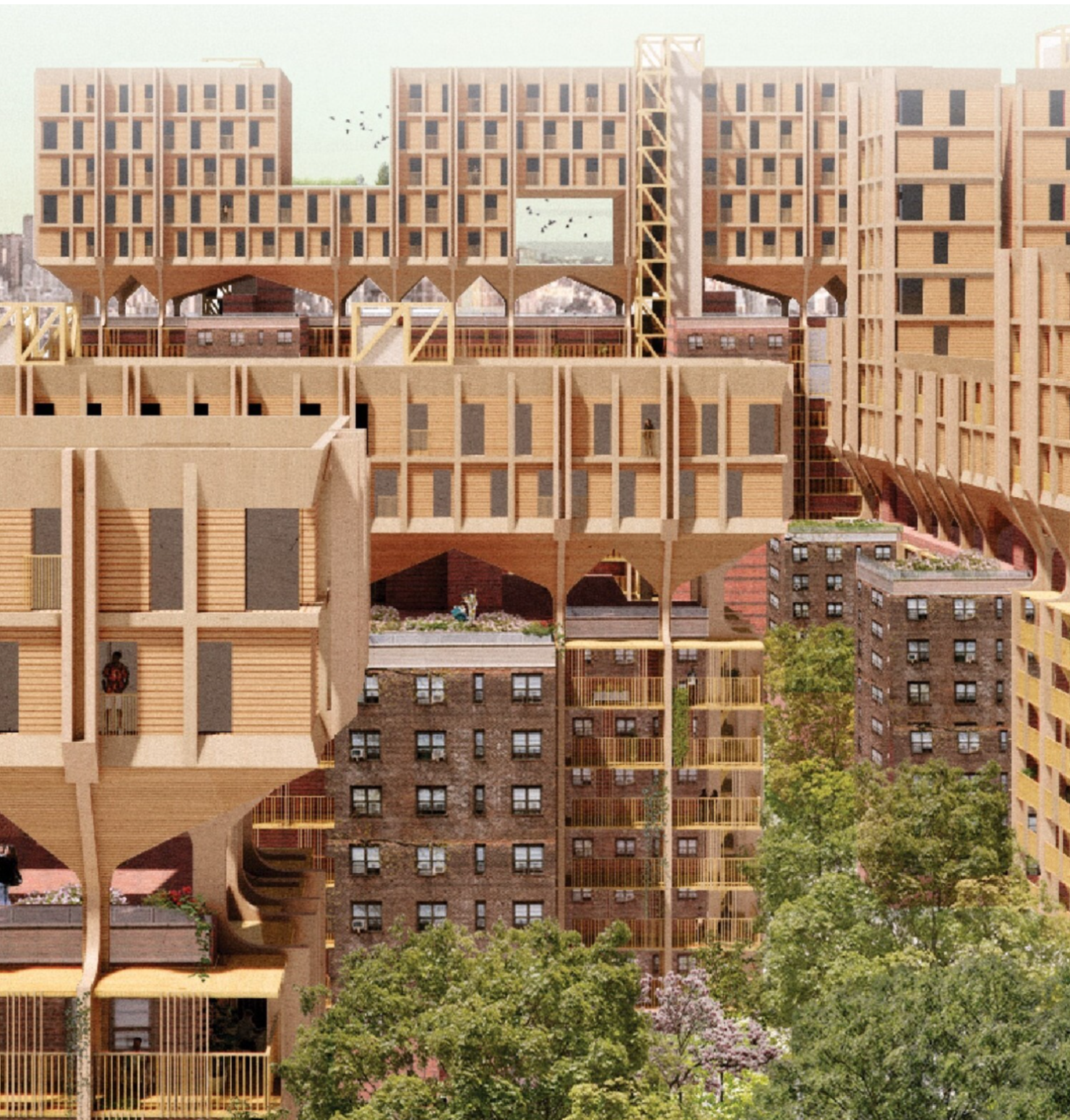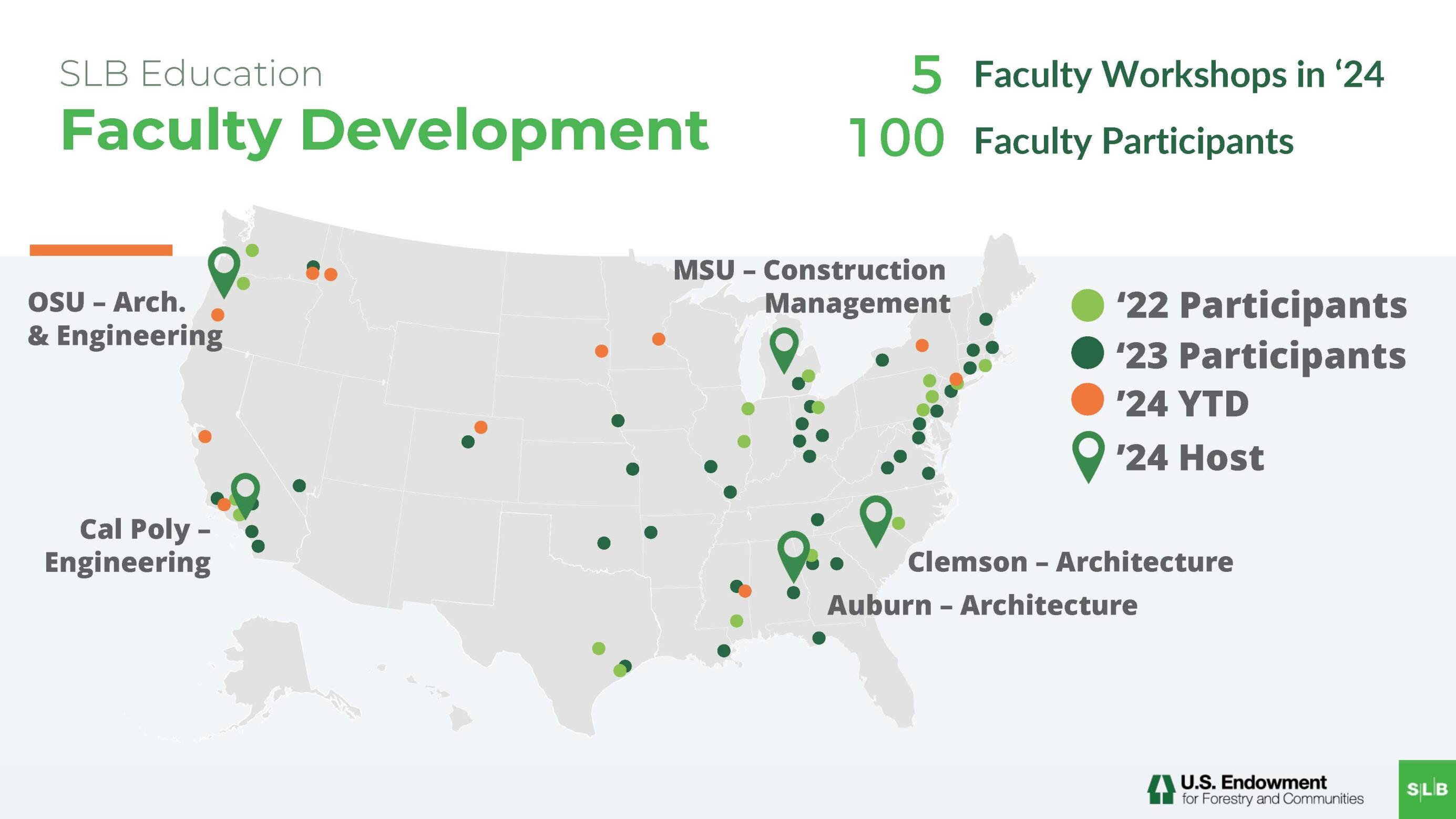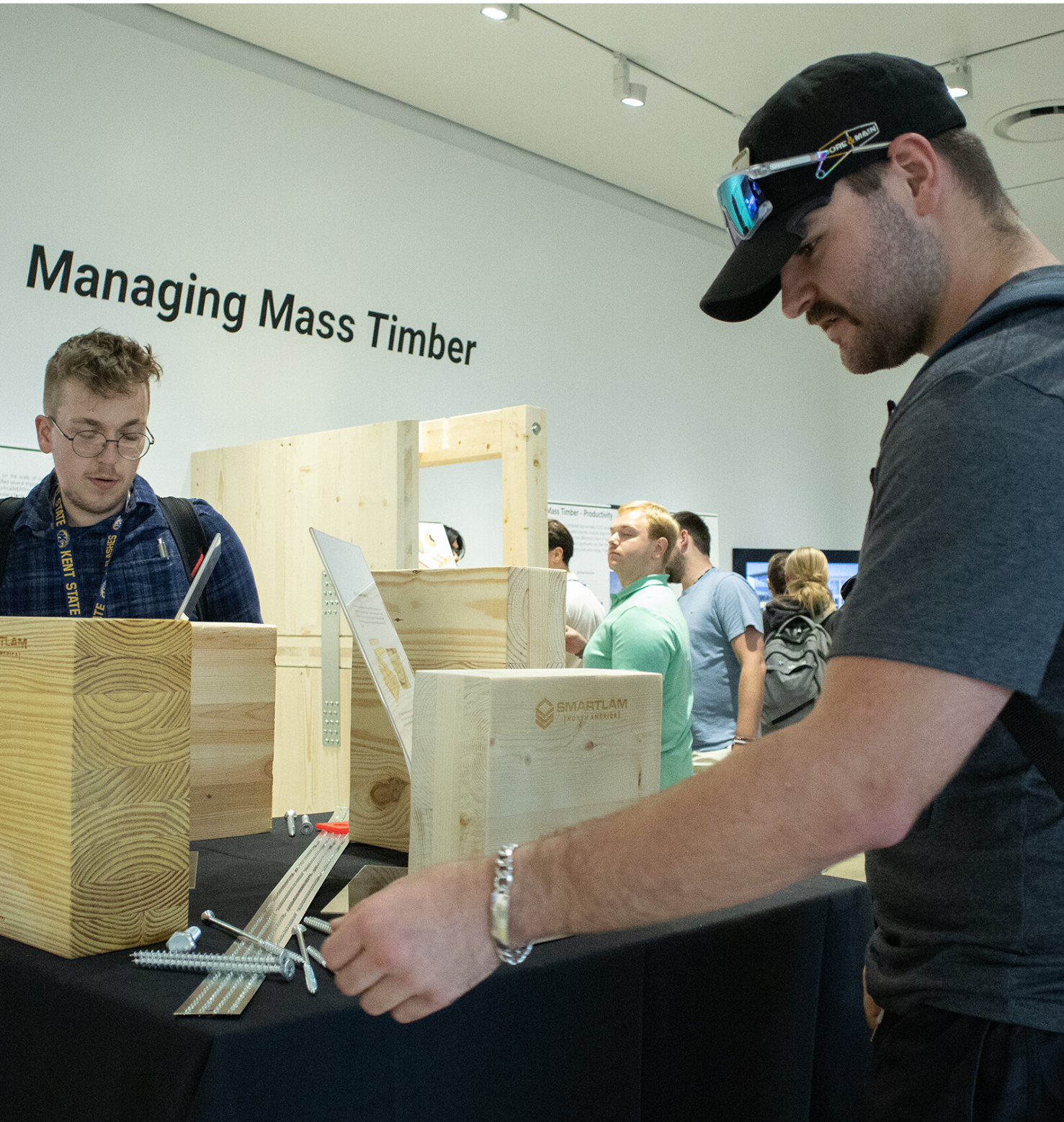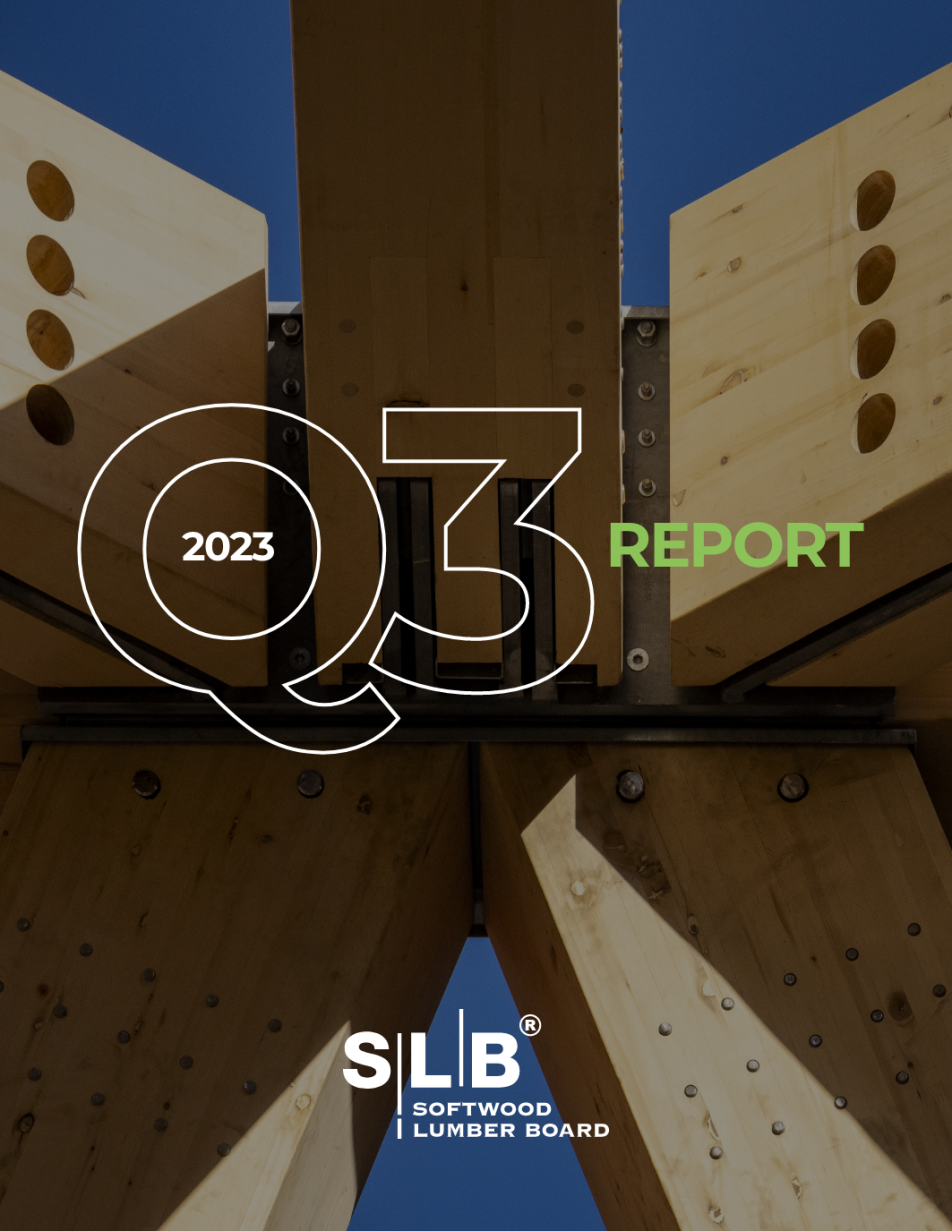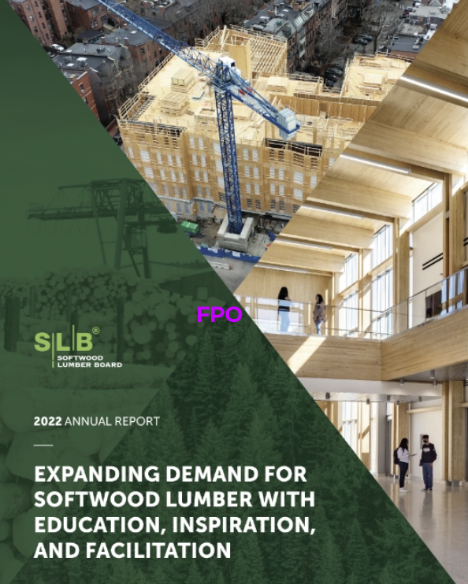
DOWNLOADS
THINK WOOD
HIGHLIGHTS
AWC
HIGHLIGHTS
EDUCATION
HIGHLIGHTS
WOODWORKS
HIGHLIGHTS
Q3 HIGHLIGHTS
SLB
Feature Story


Light-Frame
Mass Timber
Hybrid Light-Frame & Mass Timber
Q3 HIGHLIGHTS
1,629
0.8 MILLION
OF CO2
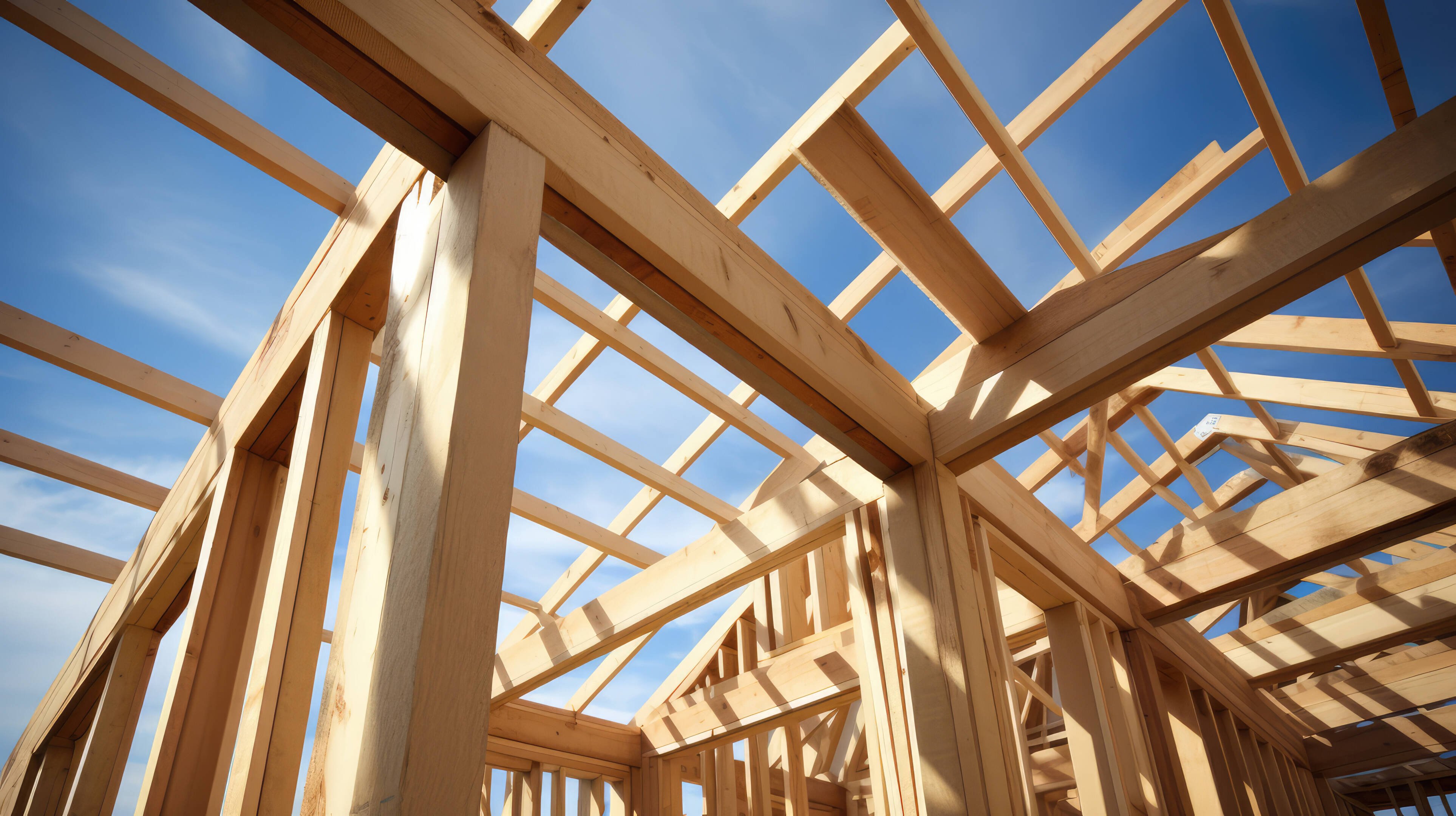
Jump to these stories.
Want to read more SLB stories?
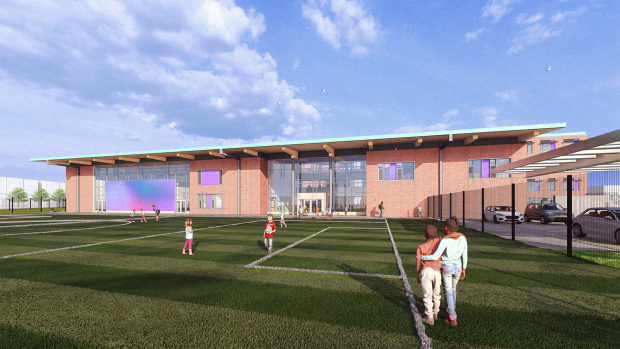
SLB Story 3:
K-12 Education Opportunity
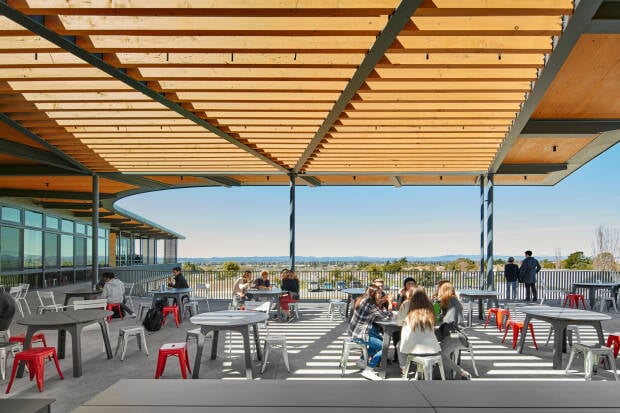
SLB Story 2:
2025 Mass Timber Competition
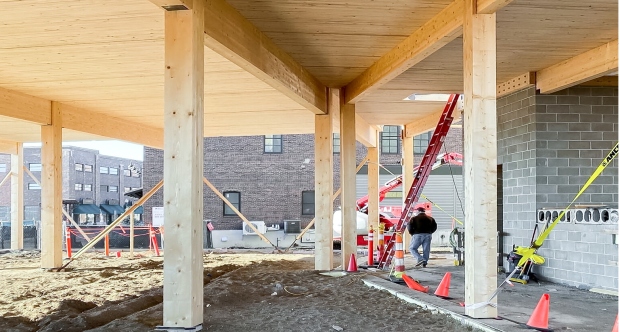
SLB Story 1:
The SLB's Impact
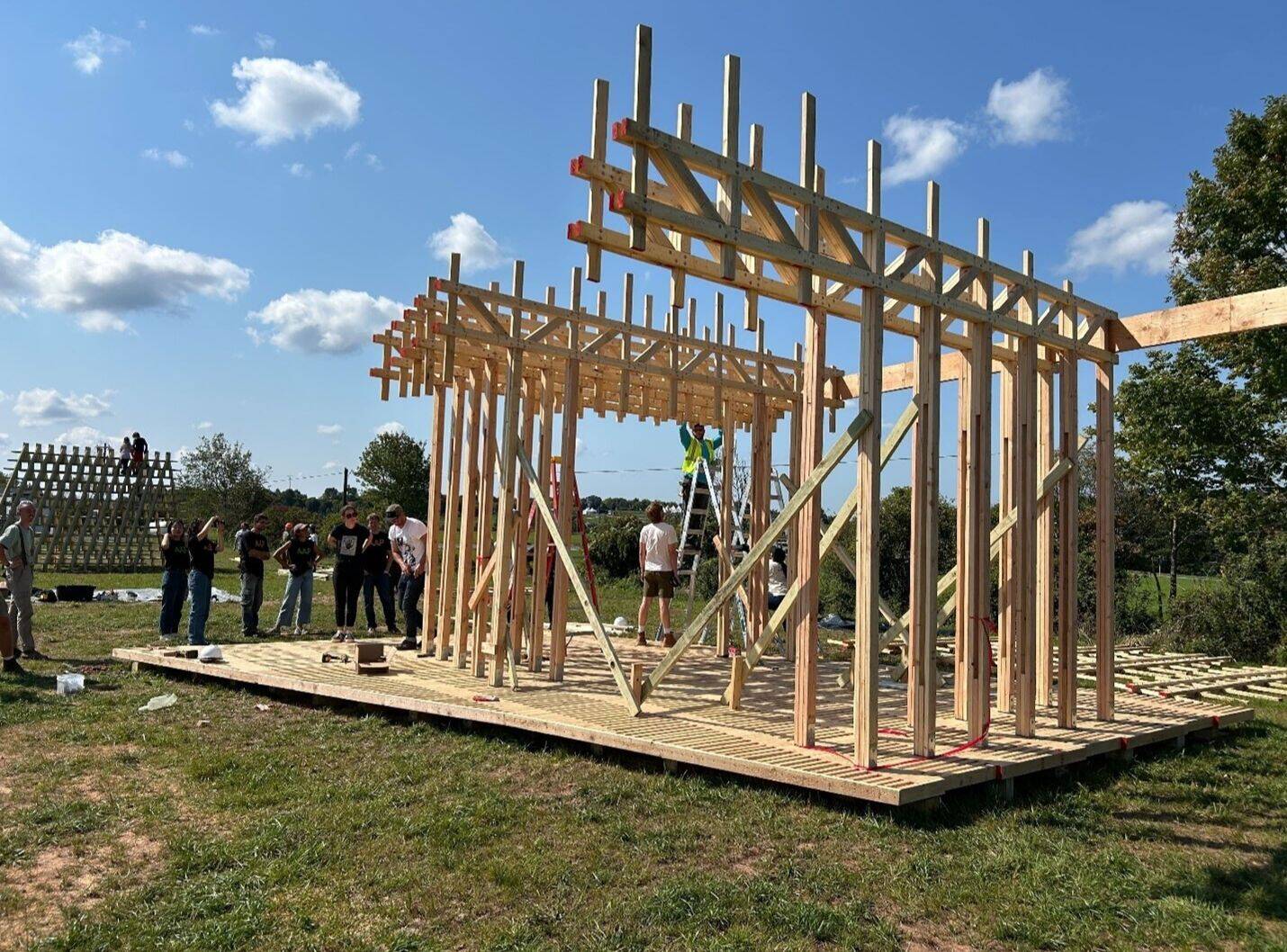
Although architecture programs emphasize design and materiality, many students graduate with minimal experience in using wood as
a structural solution. Most programs tend to focus on alternative materials, leading to a lack of familiarity with wood. As a result,
when these students enter the workforce, they may hesitate to
specify wood in their designs, or worse, apply it ineffectively due
to limited foundational knowledge.
To address this gap and foster a deeper, practical connection with wood-based solutions, the SLB sponsored Build Fest at Bethel Woods Center for the Arts. This unique initiative allows postsecondary students to not only conceptualize but also physically construct designs using wood, giving them hands-on experience. By participating, future architects gain valuable skills and knowledge about wood’s versatility, sustainability, and aesthetic potential in real-world applications.
This year, 17 architecture schools from across the country submitted proposals for interactive outdoor art installations. A jury of industry professionals selected seven based on artistic merit, cost-effectiveness, constructability, and site appropriateness. A total of 150 architecture students and 10 faculty members from these universities gathered on-site to assemble the installations, all made primarily from softwood lumber products. For some students, it was their first time using
power tools, and for all, it was a unique opportunity to collaborate, share in the learning process, and see projects through from design
to completion.
By offering students hands-on experience with wood, Build Fest
fosters a deeper appreciation for its unique properties and benefits. This experience not only inspires students but also advances wood as a key material in sustainable architecture. The completed installations will remain at Bethel Woods for the public to enjoy over the coming years.
Embrace Wood at SLB-Sponsored Festival

50,000 YE Goal
Hours Logged

Across All Events
AWC HIGHLIGHTS
SLB Story 1:
The SLB’s Impact
SLB Story 2:
2025 Mass Timber Competition
SLB Story 3:
K-12 Education Opportunity
SLB STORY 1

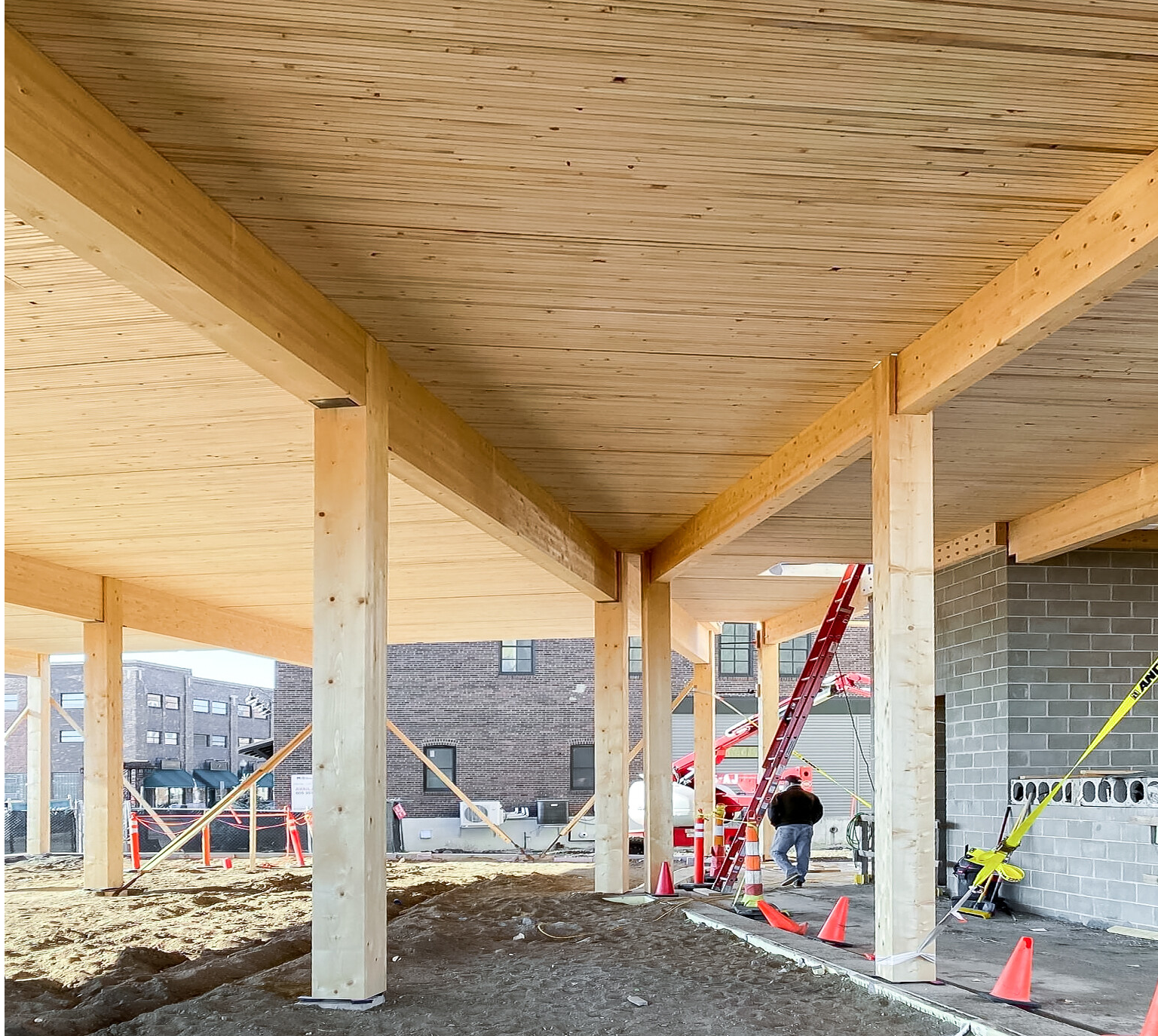
- Fritz Mason | President of Lumber, Georgia-Pacific
Incoming Chair, SLB Board of Directors
“We see the SLB as a very efficient way to fund critical investments in growing new markets for softwood lumber and defending existing markets. The SLB’s programs are strategically aligned, working together to promote growth. WoodWorks’ role of converting projects to wood is supported by Think Wood’s marketing efforts and the AWC’s work in codes and standards. It’s critical that we continue to have a sustainable funding stream for these programs.”
What makes the SLB so effective? Because we only invest the industry’s funds into activities
that expand the use of lumber now and in the future. And we can demonstrate our impact:
The SLB’s investments have generated more than 14.9 BBF of incremental demand since our founding in 2012.
The coming years are critical to the lumber industry’s efforts to increase market share and grow demand. Competitive material industries are waging increasingly aggressive campaigns attacking wood’s environmental and performance credentials. The lumber industry has made incredible progress on codes and standards and in the market share for wood construction—but without continuing our investment, we’ll lose the gains we’ve made.
If your industry colleagues have questions about how the SLB is set up for success, how it generates value for investors, or how it’s adapting to current market conditions, the new Why It Works page is a great resource to share. The interactive page features details about the SLB and the programs it funds, alongside key accomplishments and testimonials from investors about why the SLB is meaningful for their business and the future of our industry. Check out the Why It Works page here.
How the Softwood Lumber Board Makes the Most of Your Investment

Versus 2,000 YE Goal
Leads (SQLs)
MM BF OF LUMBER
Projects

22,000 YE Goal
THINK WOOD HIGHLIGHTS
SLB Story 1:
The SLB’s Impact
SLB Story 2:
2025 Mass Timber Competition
SLB Story 3:
K-12 Education Opportunity
SLB STORY 2
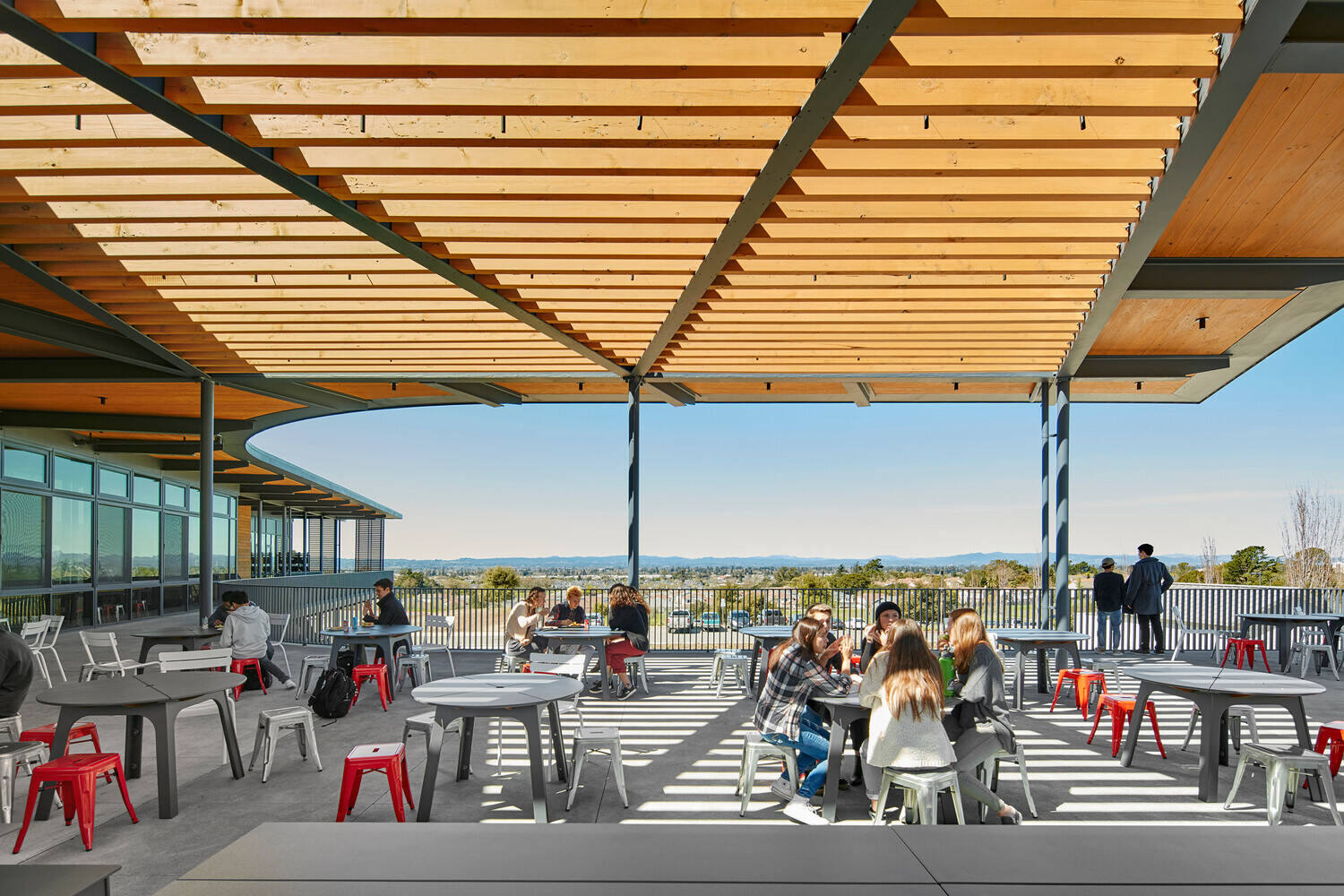
The SLB and USDA Forest Service have launched a new Mass Timber Competition to support projects that accelerate the pace of mass timber adoption in the United States, with a specific focus: K-12 education. The $1.8 million competition is designed to increase the use of mass timber, deepen industry experience with wood construction, strengthen the supply chain, and showcase the benefits of biophilic design.
Funds awarded in the competition support costs associated with the use of mass timber or mass timber hybrid building systems and construction. Funding also helps project teams overcome barriers to the use of a new building material and system, most notably the costs of analyzing design and engineering alternatives and verifying that these solutions comply with applicable codes.
The Mass Timber Competition: Building Sustainable Schools is now open for entries, and applicant teams can apply for funding up to $500,000. Lessons from these projects will be shared with the broader design and construction communities to support project development and replication, including research about cost analyses and life cycle assessments. K-12 education was chosen as a focus area for this year’s competition because of the large opportunity for lumber demand growth in this subsector.
WoodWorks has supported 169 school projects since 2015, 50% of those in the K-12 segment, with a noticeable shift toward mass timber in recent years. Between 2021 and 2024, approximately 80% of education projects going to construction used mass timber. WoodWorks has developed an education resource page with case studies, tools, and guides highlighting wood’s value for educational buildings.
Previous Mass Timber Competitions have not focused on a sector or building type. Past winners include Evergreen Charter School in Hempstead, New York, which was featured in a WoodWorks case study and site tour, and Return to Form, an 84-unit multifamily project for which the design team completed a Comparative Life Cycle Assessment (LCA) study examining the embodied carbon, speed, and cost of mass timber versus other building systems.
The SLB and USDA Forest Service Announce $1.8M Mass Timber Competition: Building Sustainable Schools
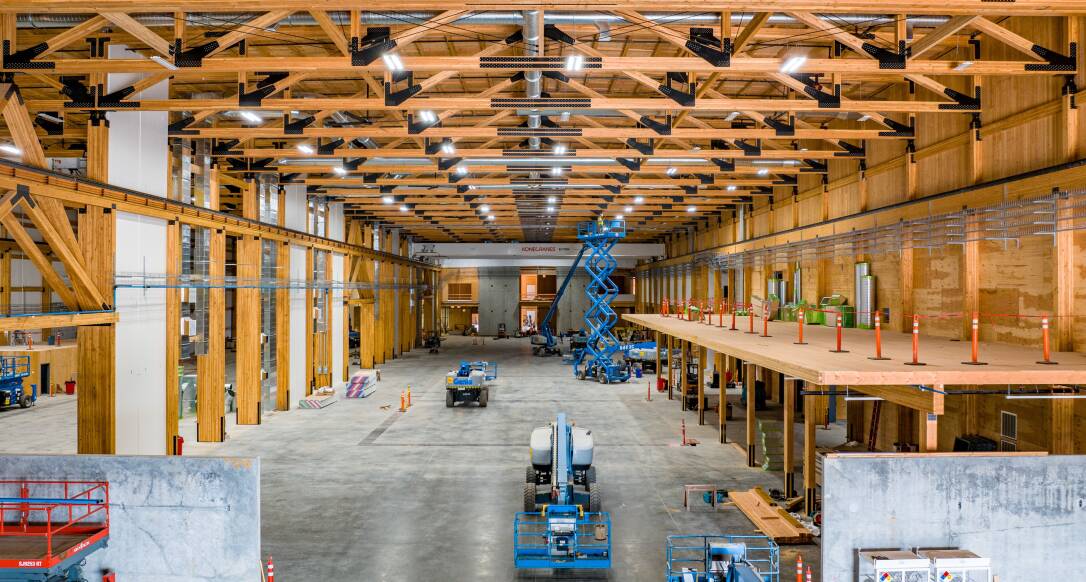

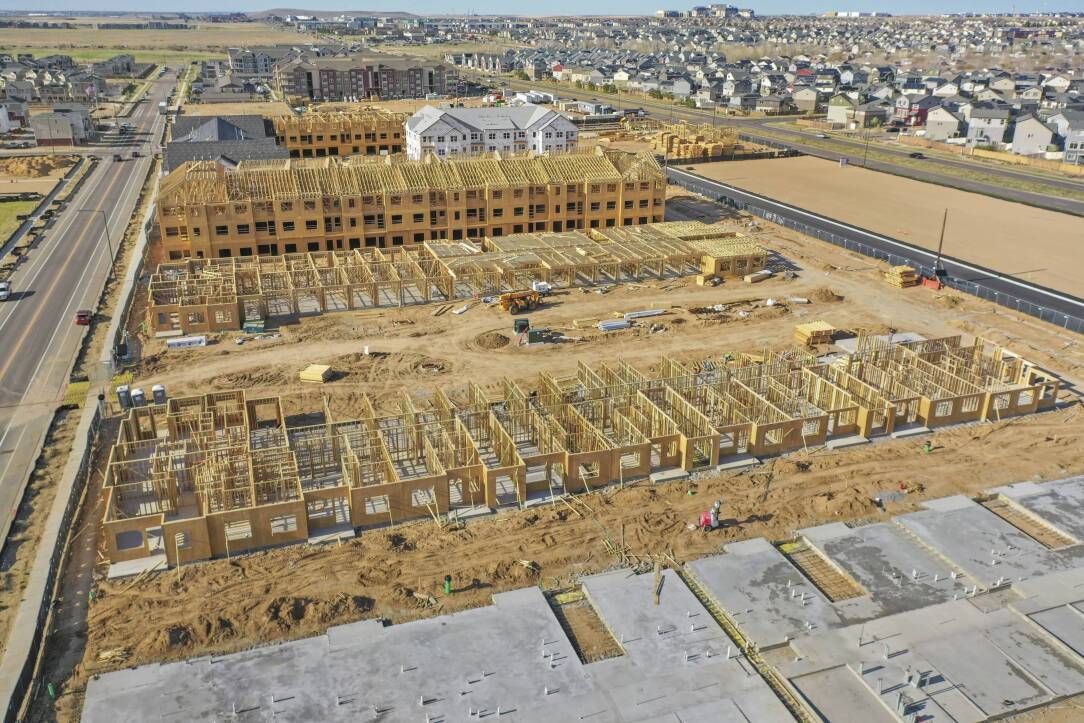
Growing Interest in Light-Frame Construction



WOODWORKS HIGHLIGHTS
Structural Panels
725 MM BF YE Goal
71 MM SF YE Goal
ConstructioN
SEE CONSTRUCTION TYPES
Versus 29,130 YE Goal
SLB Story 1:
The SLB’s Impact
SLB Story 2:
2025 Mass Timber Competition
SLB Story 3:
K-12 Education Opportunity
SLB STORY 3
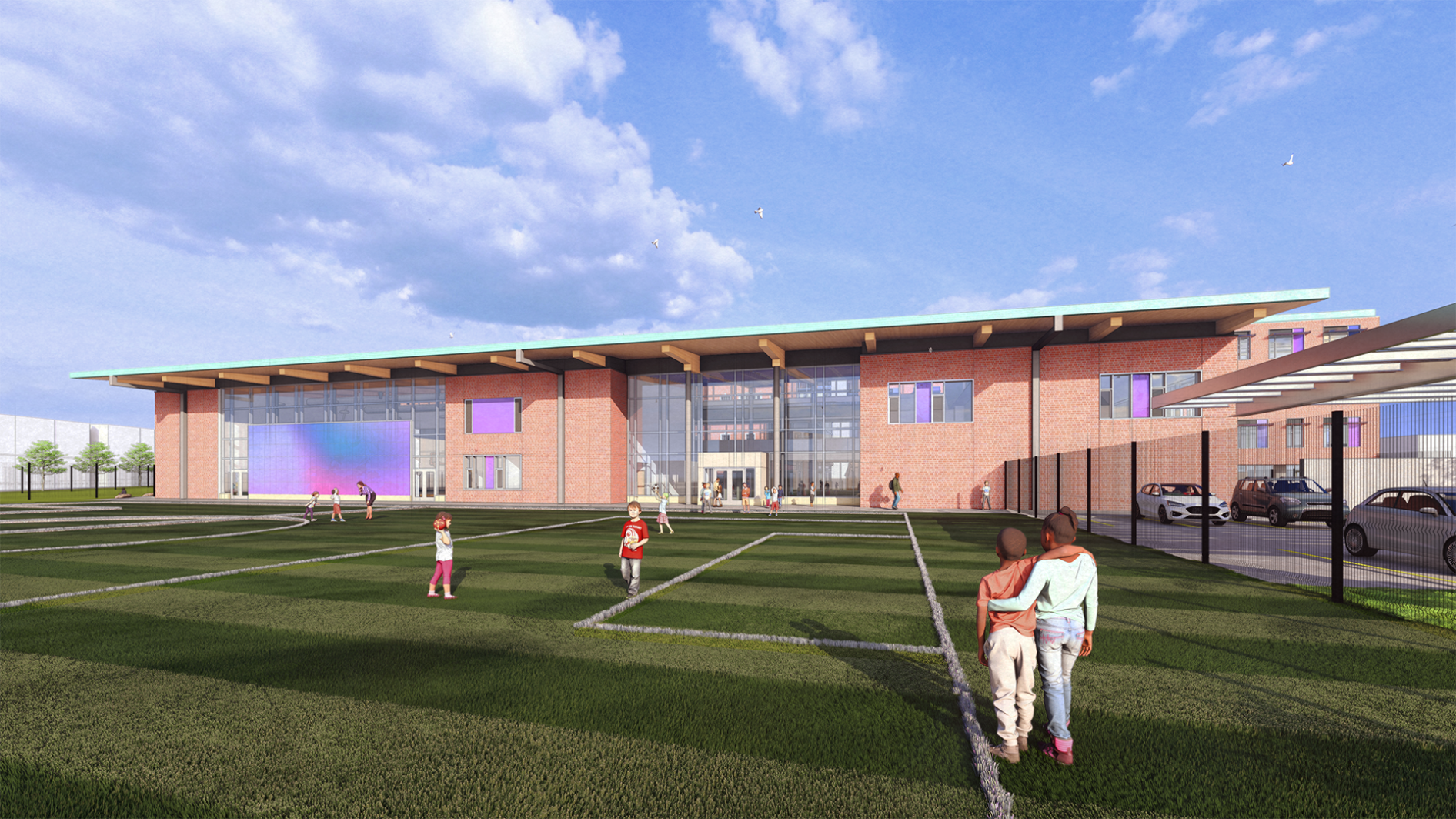
VMDO Architects is an award-winning design firm with a specialty in K-12 and higher education buildings. The firm contacted WoodWorks because they were interested in mass timber for its sustainability and biophilic qualities, but concerned about issues such as durability and maintenance.
WoodWorks responded with a variety of resources to address their concerns, and set up a meeting
with the VMDO team to discuss the Truesdell Elementary School project, which involves the renovation
of an existing 1920s-era building and two new additions. Neither VMDO nor the engineer had worked
with mass timber panels, and they showed some preliminary design options, all Type III-B, with CLT
roof panels supported by glulam beams and steel columns.
As with many K-12 projects, cost was a key consideration. WoodWorks suggested that it would be more economical to use Type V-B construction and proposed cost-saving measures such as 3-ply roof panels
that can also support a solar panel array. The 17,000-square-foot Truesdell Elementary School project is
now under construction and projected to use 11.4 bf/sq. ft.
VMDO is also designing two other K-12 projects, both with timber post-and-beam framing and CLT roofs. The firm’s steady work in K-12 education is an example of the opportunity in the segment. Of the education market’s 1.7 BBF annual opportunity, according to an FEA outlook, K-12 projects are the largest sub-category by area and also the category with the most projected growth. WoodWorks has seen a strong start for education projects in 2024, with 14 schools going to construction in the first half of the year.
Elementary School Renovation Highlights Opportunity in the K-12 Sector
EDUCATION HIGHLIGHTS
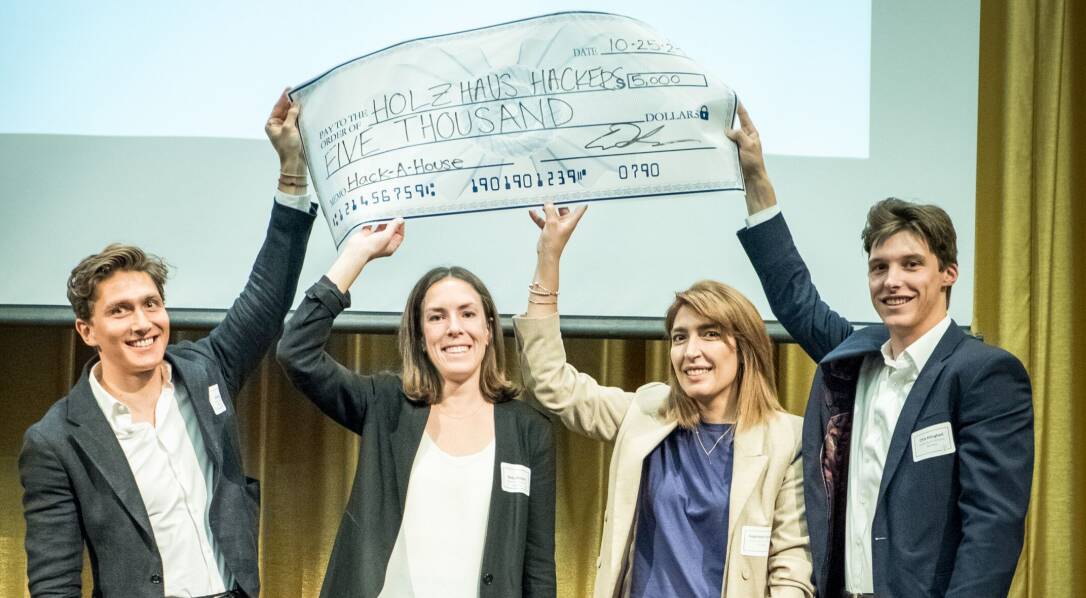

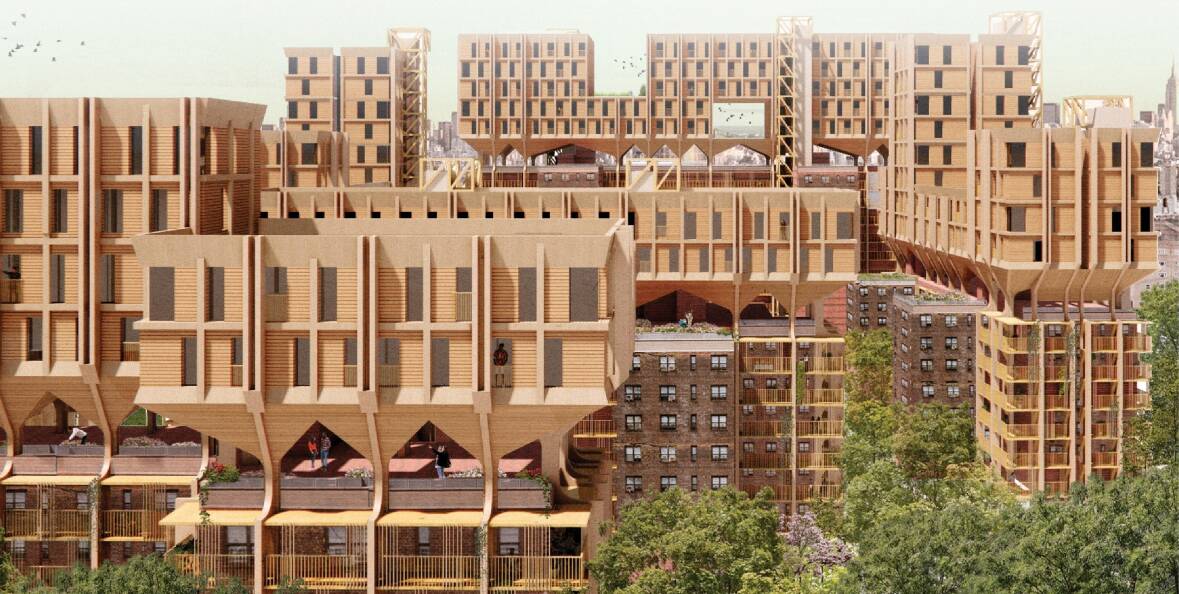

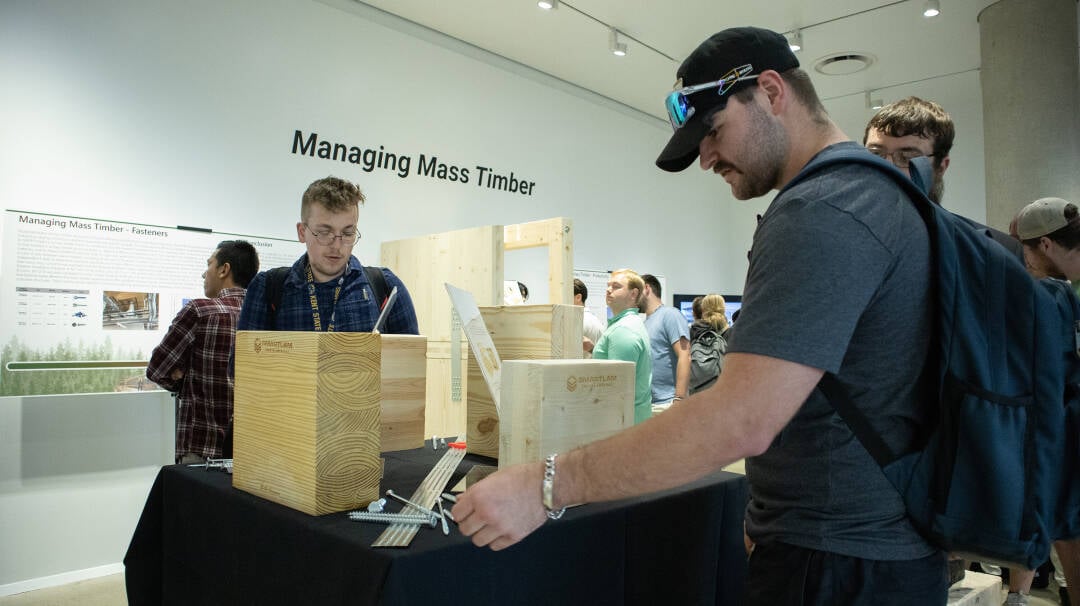

Versus 6,238 YE Goal
WOOD INSTITUTE
Completed
Versus 3,478 YE Goal
WOOD INSTITUTE

If you'd like a printed version of the Q3 Report mailed to you,
please email info@softwoodlumberboard.org.


of the Impact of the SLB
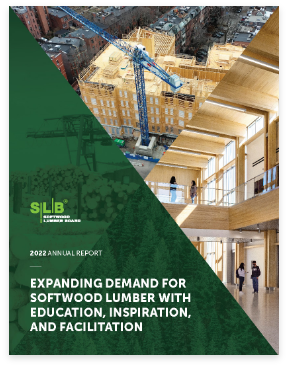
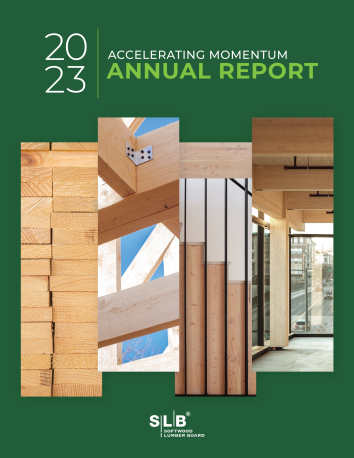





Hybrid Light-Frame & Mass Timber
Mass Timber
Light-Frame
Q3 HIGHLIGHTS
facilitating wood use
0.8 MILLION
360
463
431
GOAL
1,629
1,629 MM bf 2024 goal

SLB Story 3:
K-12 Education Opportunity
SLB Story 2:
2025 Mass Timber Competition
SLB Story 1:
The SLB's Impact
Want to read more SLB stories?
Jump to these stories.
Teams of architecture students designed and installed lumber-based art installations at the SLB-sponsored Build Fest.
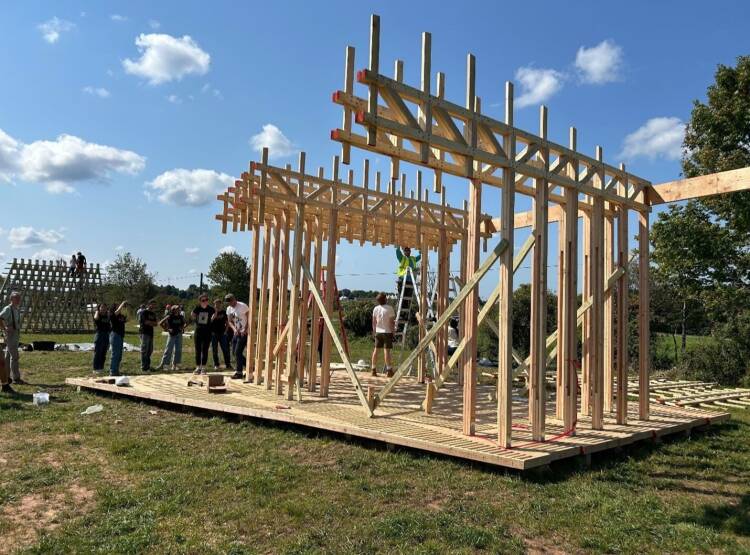
Although architecture programs emphasize
design and materiality, many students graduate with minimal experience in using wood as
a structural solution. Most programs tend to
focus on alternative materials, leading to a lack
of familiarity with wood. As a result, when these students enter the workforce, they may hesitate
to specify wood in their designs, or worse,
apply it ineffectively due to limited foundational knowledge.
To address this gap and foster a deeper, practical connection with wood-based solutions, the SLB sponsored Build Fest at Bethel Woods Center for the Arts. This unique initiative allows postsecondary students to not only conceptualize but also physically construct designs using wood, giving them hands-on experience.
By participating, future architects gain valuable skills and knowledge about wood’s versatility, sustainability, and aesthetic potential in real-
world applications.
This year, 17 architecture schools from across
the country submitted proposals for interactive outdoor art installations. A jury of industry professionals selected seven based on artistic merit, cost-effectiveness, constructability, and
site appropriateness. A total of 150 architecture students and 10 faculty members from these universities gathered on-site to assemble the installations, all made primarily from softwood lumber products. For some students, it was their first time using power tools, and for all, it was a unique opportunity to collaborate, share in the learning process, and see projects through from design to completion.
By offering students hands-on experience with wood, Build Fest fosters a deeper appreciation
for its unique properties and benefits. This experience not only inspires students but
also advances wood as a key material in sustainable architecture. The completed installations will remain at Bethel Woods for
the public to enjoy over the coming years.
Embrace Wood at SLB-Sponsored Festival

at NYC Climate Week



24,737 YTD Versus 30,000 YE Goal


SLB Story 3:
K-12 Education Copportunity
SLB Story 2:
2025 Mass Timber Competition
SLB Story 1:
The SLB's Impact
Railyard Flats Photo Credit: CO-OP Architecture
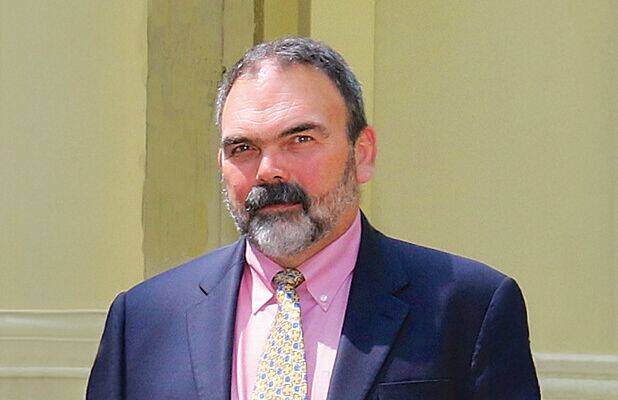
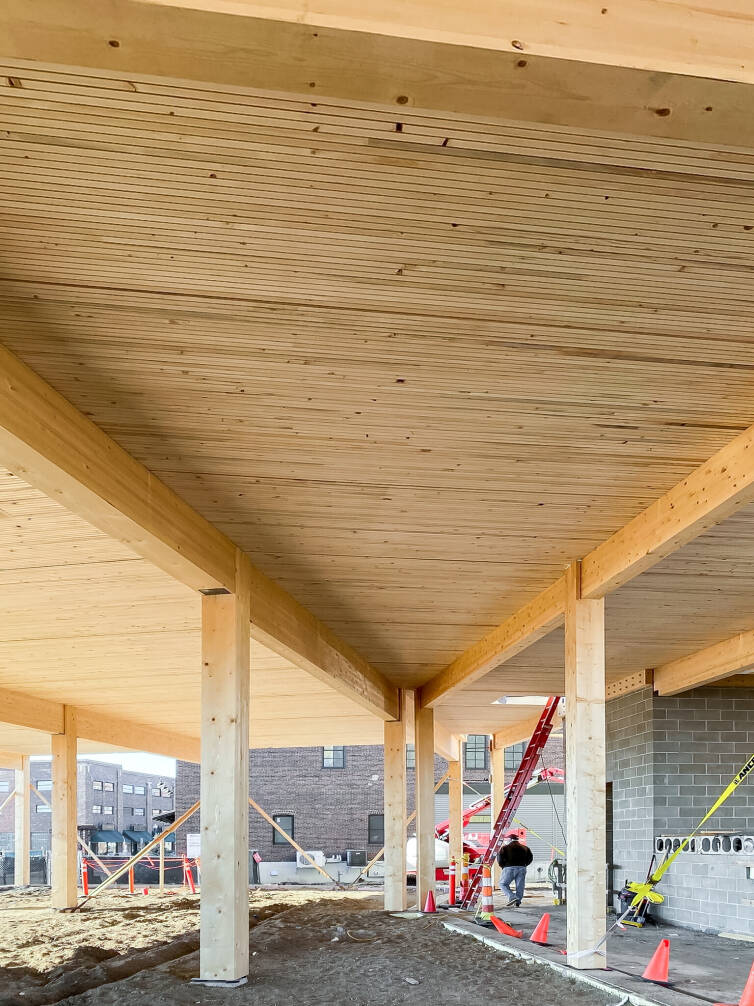
SLB STORY 1
“We see the SLB as a very efficient way to fund critical investments in growing new markets for softwood lumber and defending existing markets. The SLB’s programs are strategically aligned, working together to promote growth. WoodWorks’ role of converting projects to wood is supported by Think Wood’s marketing efforts and the AWC’s work in codes and standards. It’s critical that we continue to
have a sustainable funding stream for
these programs.”
- Fritz Mason | President of Lumber, Georgia-Pacific
Incoming Chair, SLB Board of Directors
What makes the SLB so effective? Because we only invest the industry’s funds into activities
that expand the use of lumber now and in the future. And we can demonstrate our impact:
The SLB’s investments have generated more than 14.9 BBF of incremental demand since our founding in 2012.
The coming years are critical to the lumber industry’s efforts to increase market share and grow demand. Competitive material industries are waging increasingly aggressive campaigns attacking wood’s environmental and performance credentials. The lumber industry has made incredible progress on codes and standards and in the market share for wood construction—but without continuing our investment, we’ll lose the gains we’ve made.
If your industry colleagues have questions about how the SLB is set up for success, how it generates value for investors, or how it’s adapting to current market conditions, the new Why It Works page is a great resource to share. The interactive page features details about the SLB and the programs it funds, alongside key accomplishments and testimonials from investors about why the SLB is meaningful for their business and the future of our industry. Check out the Why It Works page here.
How the Softwood Lumber Board Makes the Most of Your Investment




15,571 YTD Versus 22,000 YE Goal


Taken
SLB Story 3:
K-12 Education Opportunity
SLB Story 2:
2025 Mass Timber Competition
SLB Story 1:
The SLB's Impact
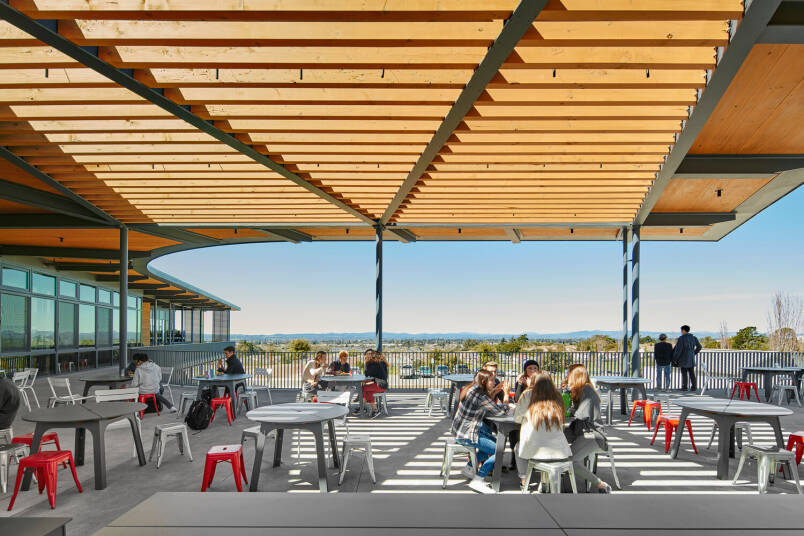
Sonoma Academy Photo Credit: Michael David Rose
The SLB and USDA Forest Service have launched a new Mass Timber Competition to support projects that accelerate the pace of mass timber adoption in the United States, with a specific focus: K-12 education.
The $1.8 million competition is designed to increase the use of mass timber, deepen industry experience with wood construction, strengthen the supply chain, and showcase the benefits of biophilic design.
Funds awarded in the competition support costs associated with the use of mass timber or mass timber hybrid building systems and construction. Funding also helps project teams overcome barriers to the use of a new building material and system, most notably the costs of analyzing design and engineering alternatives and verifying that these solutions comply with applicable codes.
The Mass Timber Competition: Building Sustainable Schools is now open for entries, and applicant teams can apply for funding up to $500,000. Lessons from these projects will be shared with the broader design and construction communities to support project development and replication, including research about cost analyses and life cycle assessments. K-12 education was chosen as a focus area for this year’s competition because of the large opportunity for lumber demand growth in this subsector.
WoodWorks has supported 169 school projects since 2015, 50% of those in the K-12 segment, with a noticeable shift toward mass timber in recent years. Between 2021 and 2024, approximately 80% of education projects going to construction used mass timber. WoodWorks has developed an education resource page with case studies, tools, and guides highlighting wood’s value for educational buildings.
Previous Mass Timber Competitions have not focused on a sector or building type. Past winners include Evergreen Charter School in Hempstead, New York, which was featured in a WoodWorks case study and site tour, and Return to Form, an 84-unit multifamily project for which the design team completed a Comparative Life Cycle Assessment (LCA) study examining the embodied carbon, speed, and cost of mass timber versus other building systems.
The SLB and USDA Forest Service Announce $1.8M Mass Timber Competition: Building Sustainable Schools
SLB STORY 2

Wood Excels


SEE CONSTRUCTION TYPES
290 YTD Versus 405 YE Goal


Truesdell Elementary Rendering Credit: VMDO Architects
SLB Story 3:
K-12 Education Opportunity
SLB Story 2:
2025 Mass Timber Competition
SLB Story 1:
The SLB's Impact
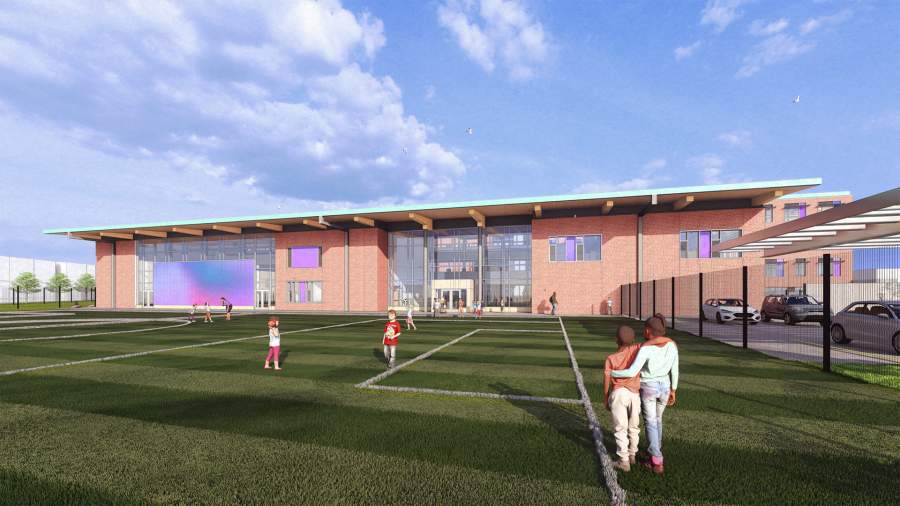
VMDO Architects is an award-winning design firm with a specialty in K-12 and higher education buildings. The firm contacted WoodWorks because they were interested in mass timber for its sustainability and biophilic qualities, but concerned about issues such as durability and maintenance.
WoodWorks responded with a variety of resources to address their concerns, and set up a meeting with the VMDO team to discuss the Truesdell Elementary School project, which involves the renovation of an existing 1920s-era building and two new additions. Neither
VMDO nor the engineer had worked with mass timber panels, and they showed some preliminary design options, all Type III-B, with CLT roof panels supported
by glulam beams and steel columns.
As with many K-12 projects, cost was a key consideration. WoodWorks suggested that it would be more economical to use Type V-B construction and proposed cost-saving measures such as 3-ply roof panels that can also support a solar panel array. The 17,000-square-foot Truesdell Elementary School project is now under construction and projected to use 11.4 bf/sq. ft.
VMDO is also designing two other K-12 projects, both with timber post-and-beam framing and CLT roofs.
The firm’s steady work in K-12 education is an example
of the opportunity in the segment. Of the education market’s 1.7 BBF annual opportunity, according to an
FEA outlook, K-12 projects are the largest sub-category by area and also the category with the most projected growth. WoodWorks has seen a strong start for education projects in 2024, with 14 schools going to construction in the first half of the year.
Elementary School Renovation Highlights Opportunity in the K-12 Sector
SLB STORY 3



697 YTD Versus 535 YE Goal



SCROLL TO TOP




of the Impact of the SLB
If you'd like a printed version of the
Q2 Report mailed to you, please email info@softwoodlumberboard.org.

